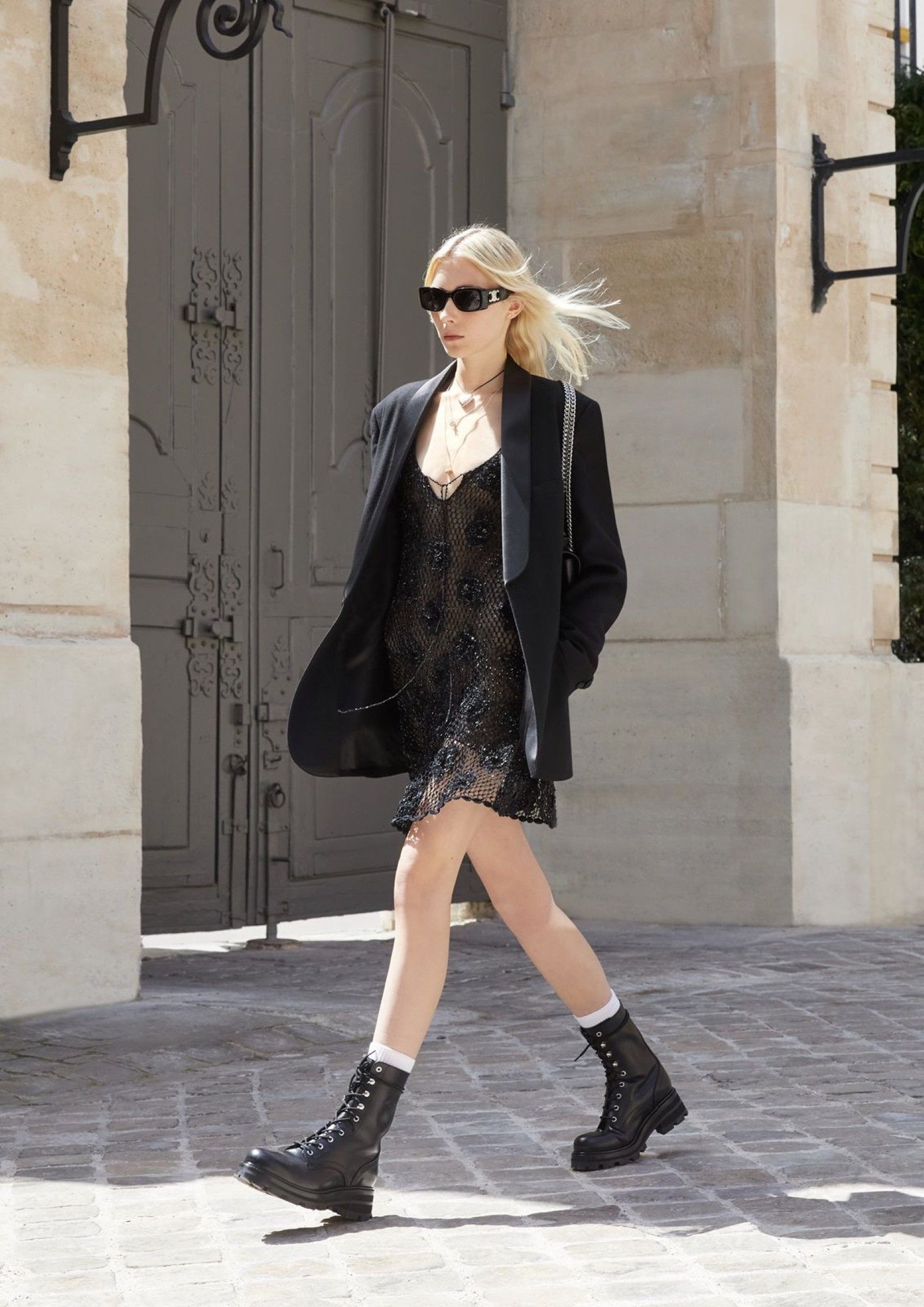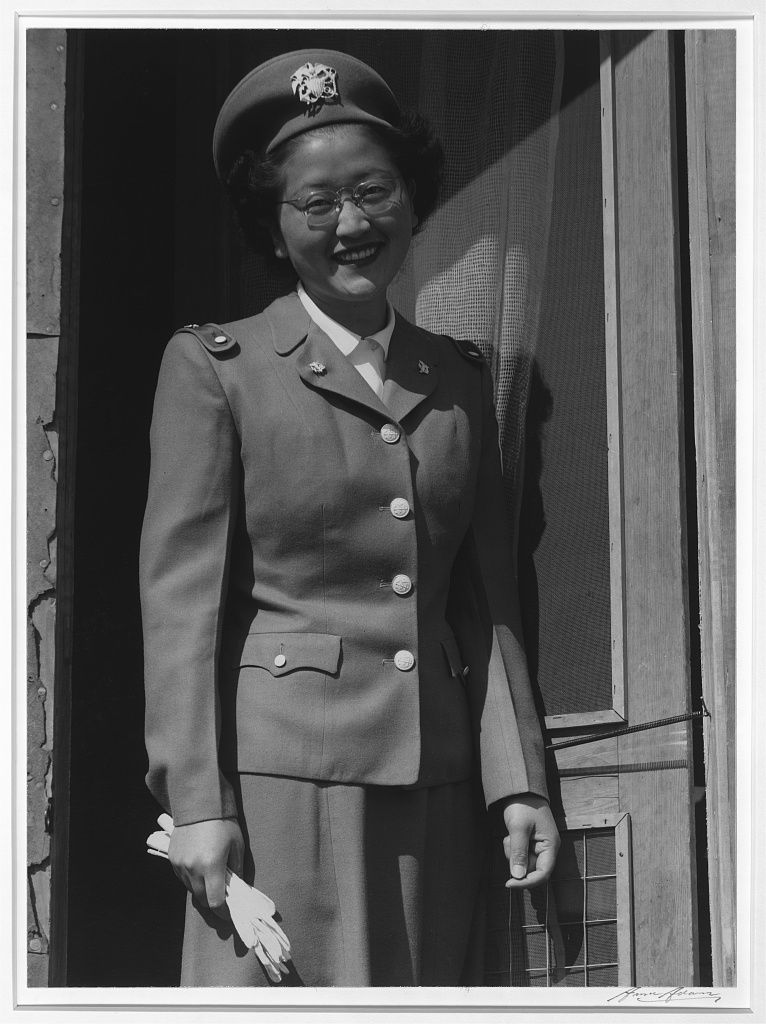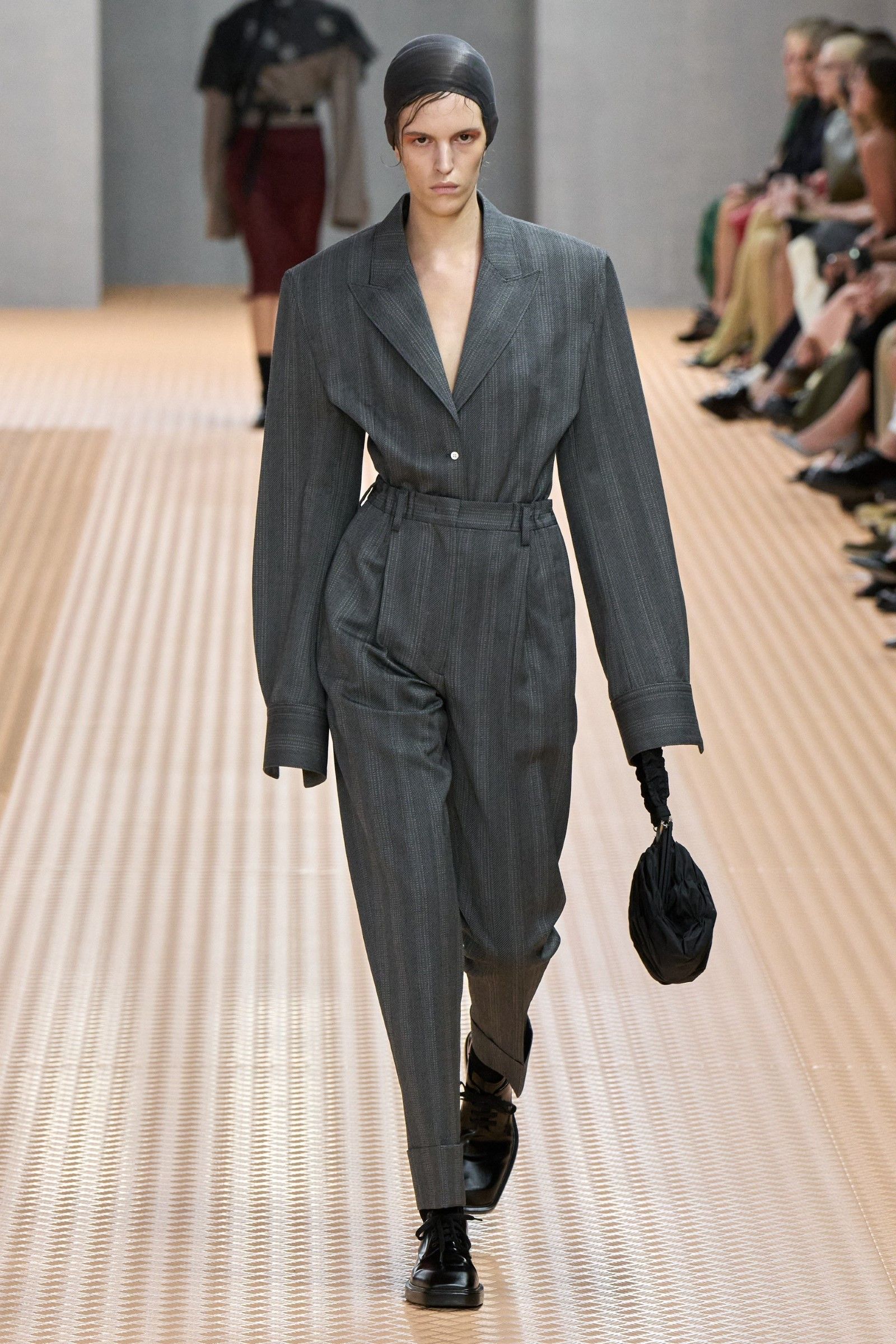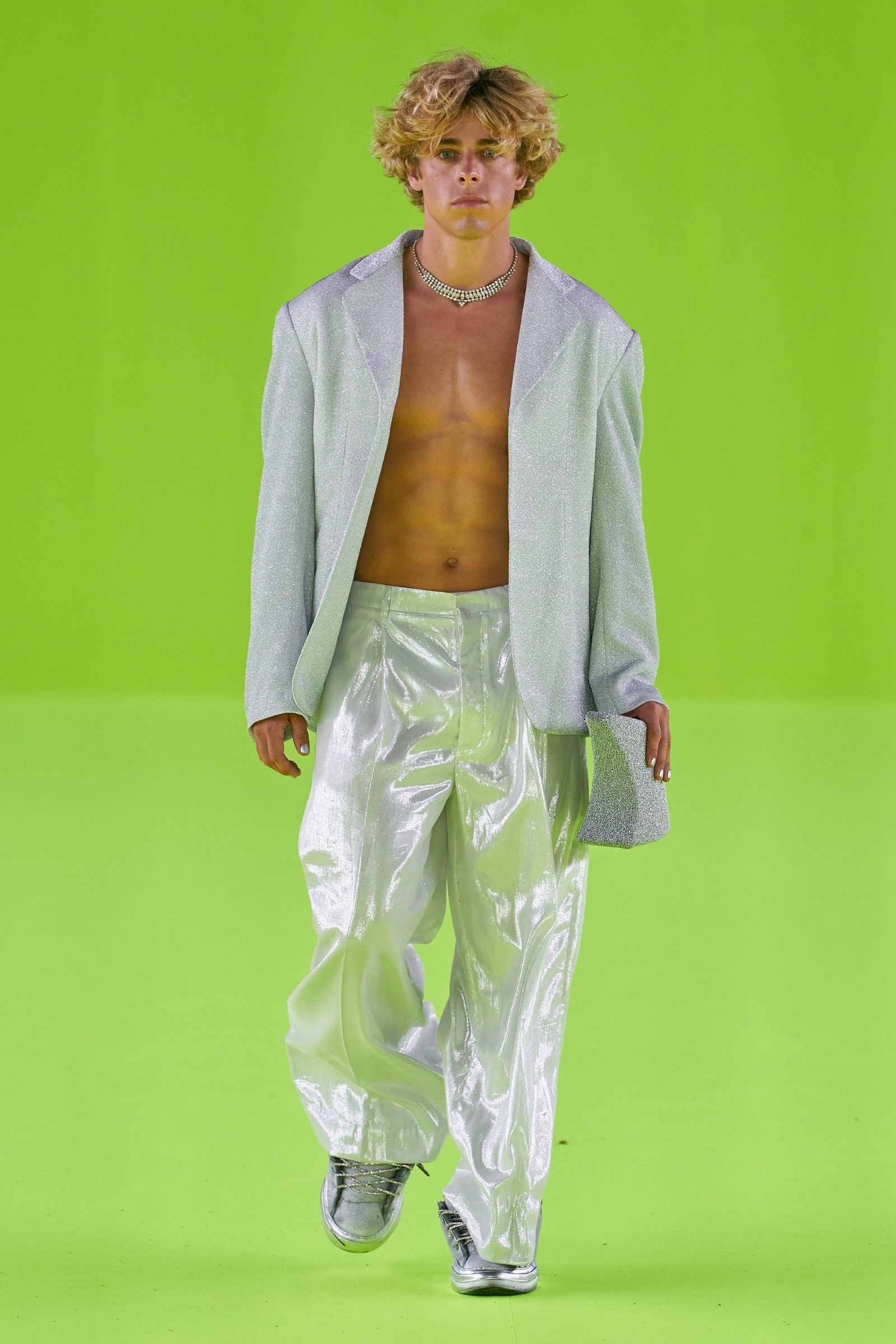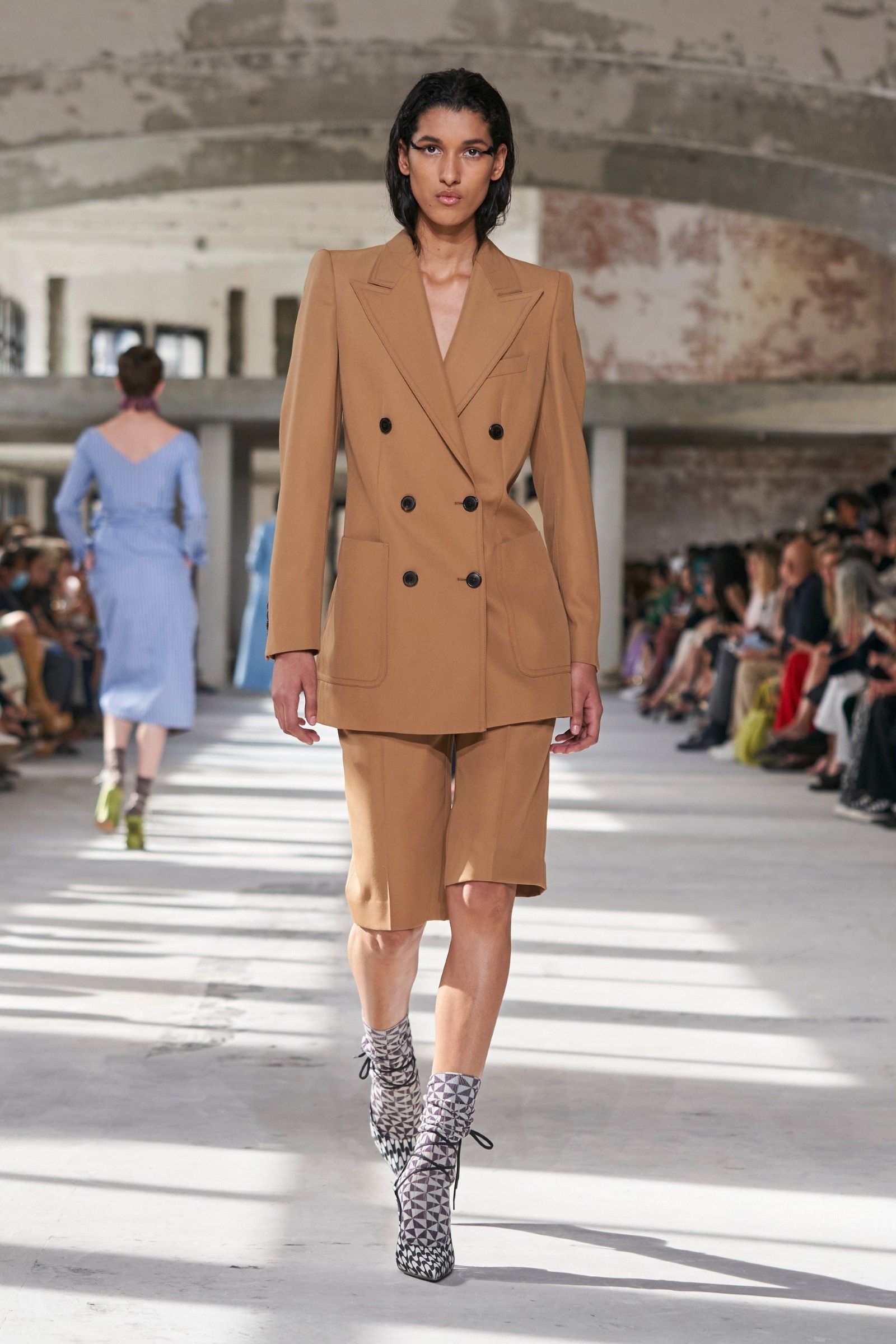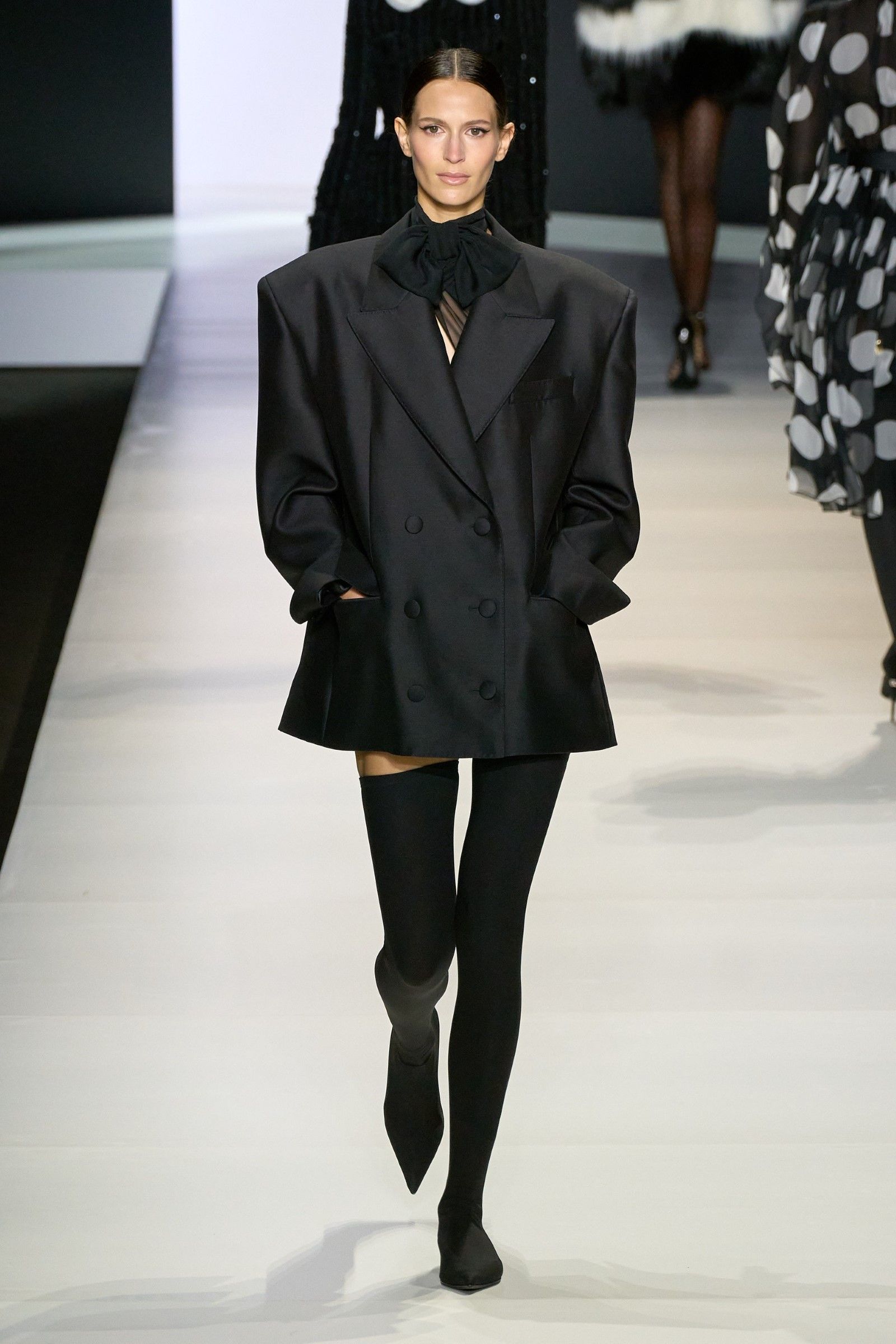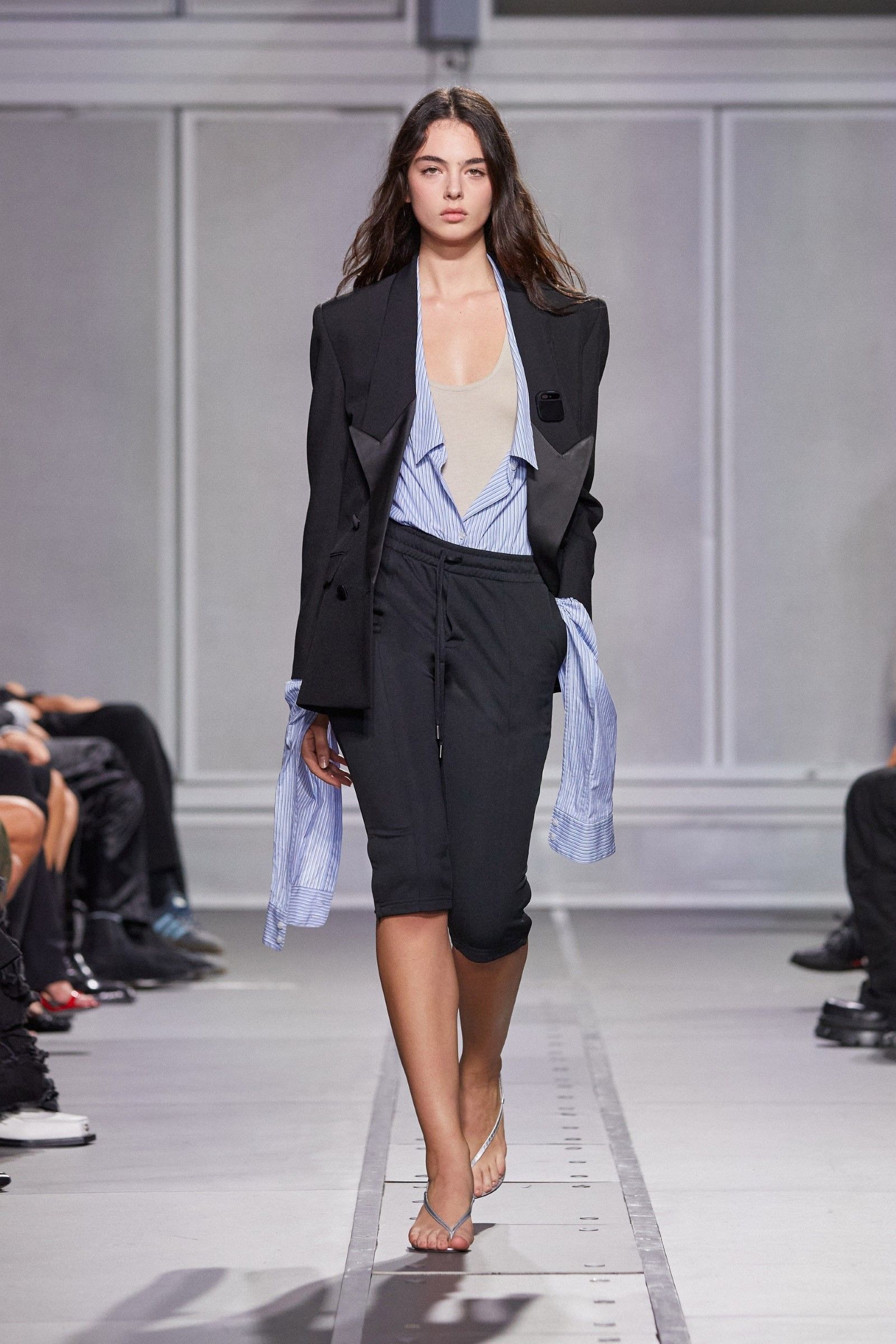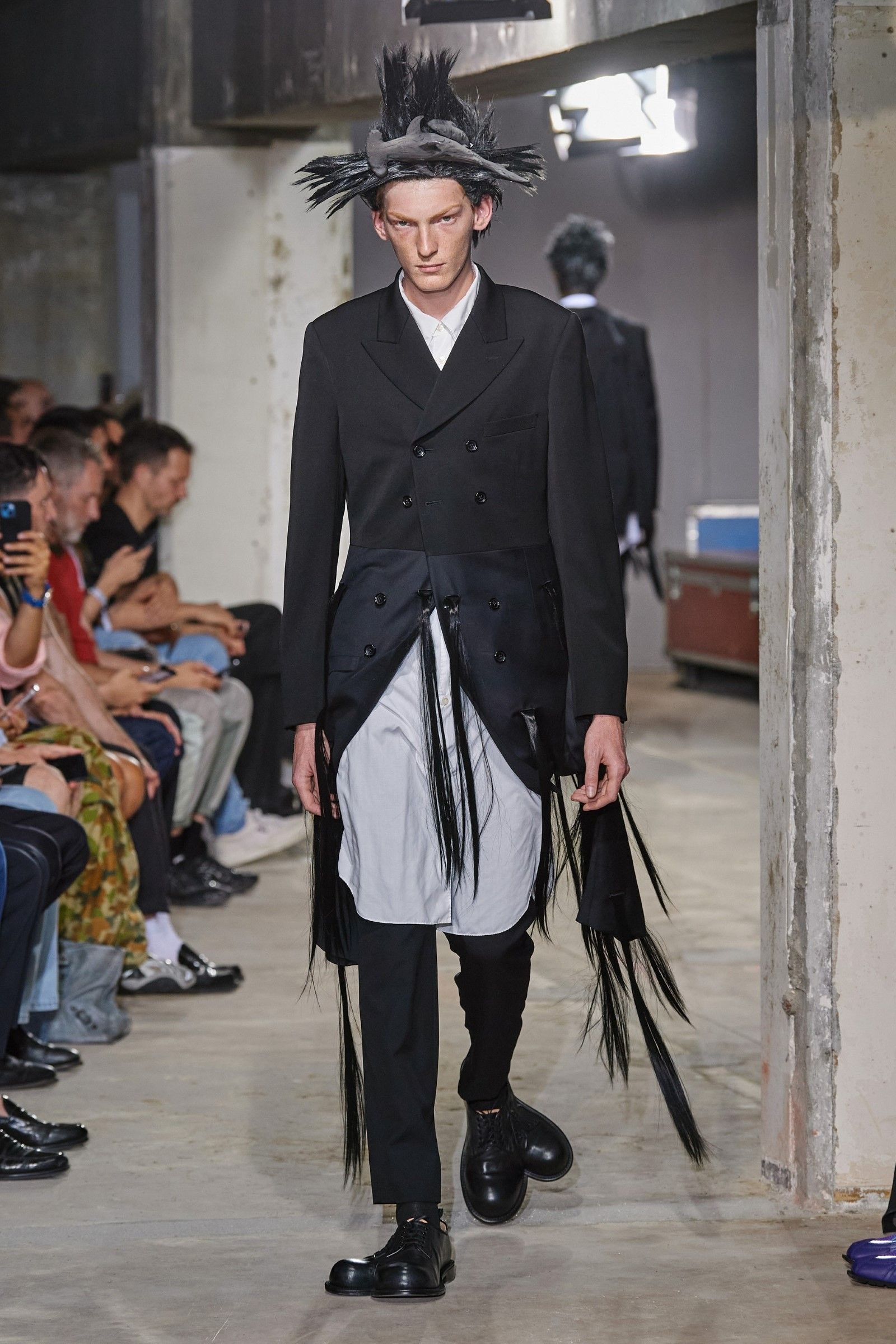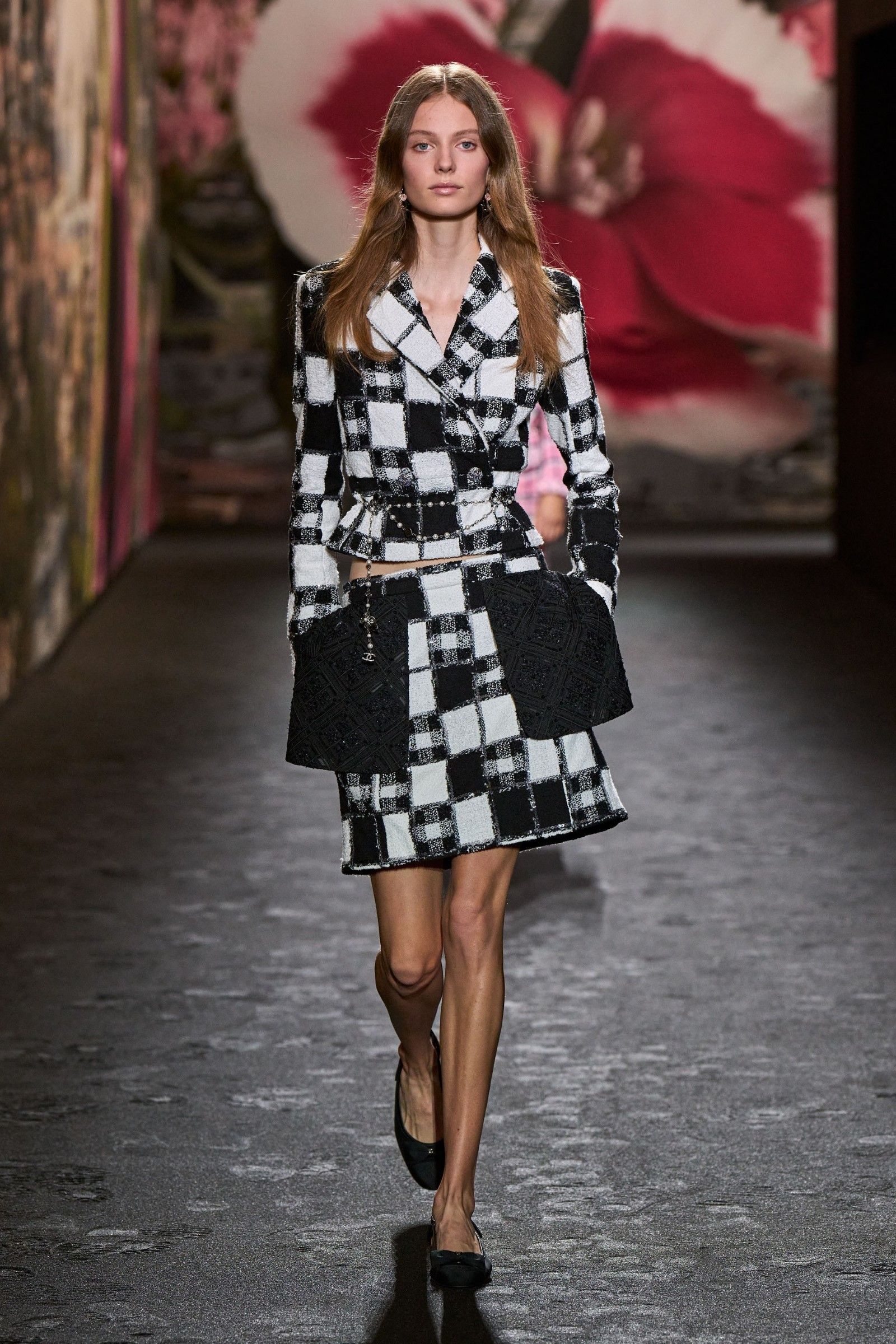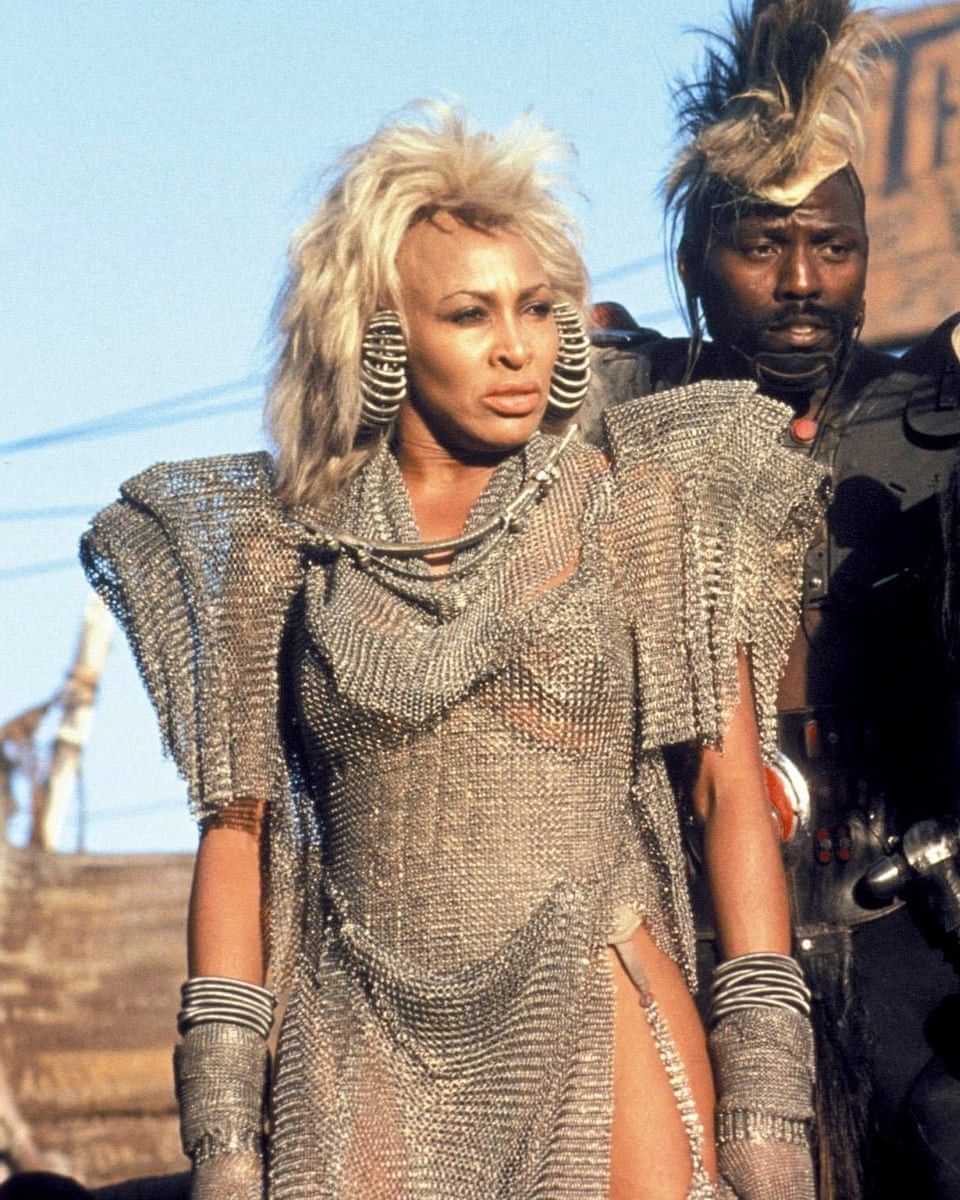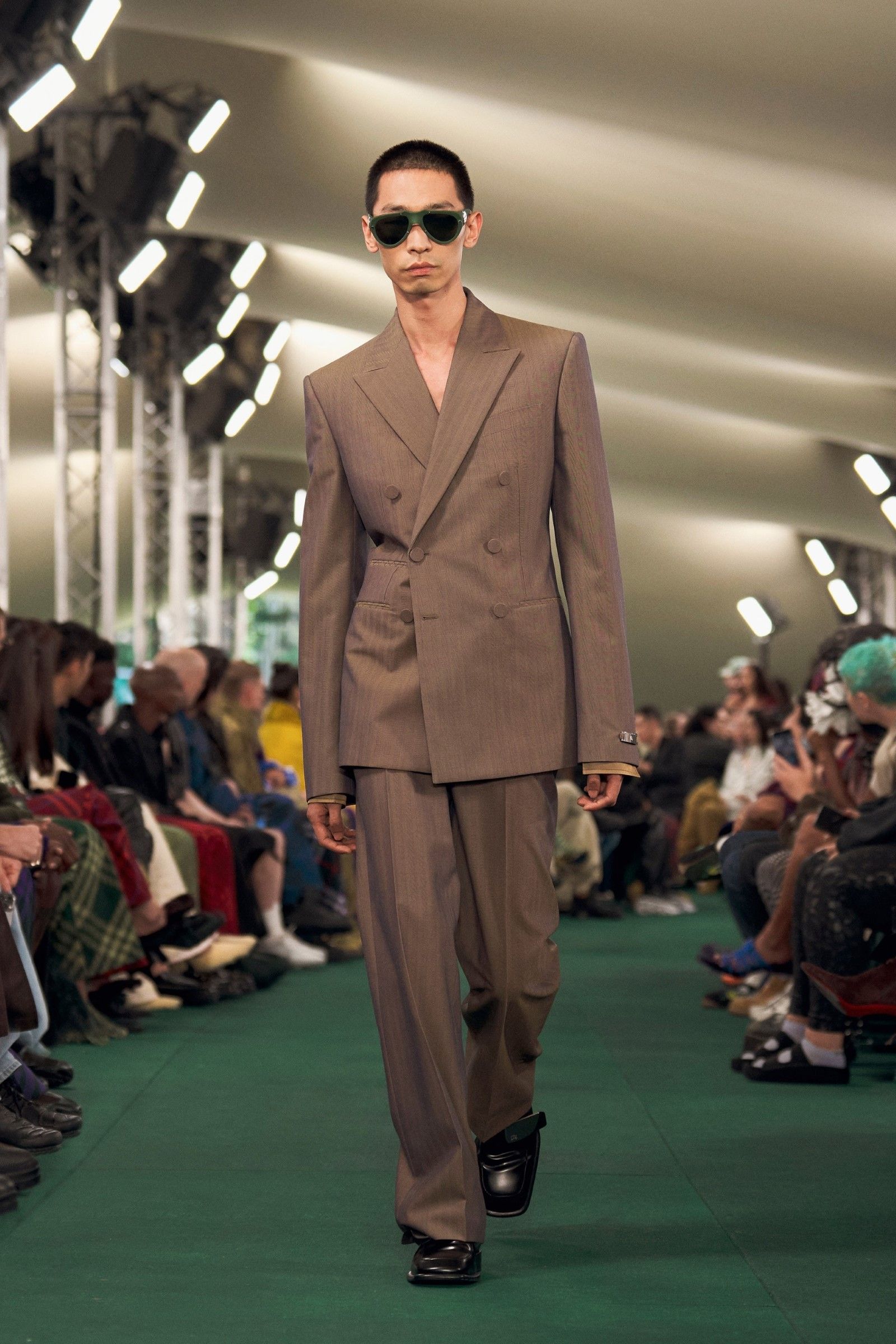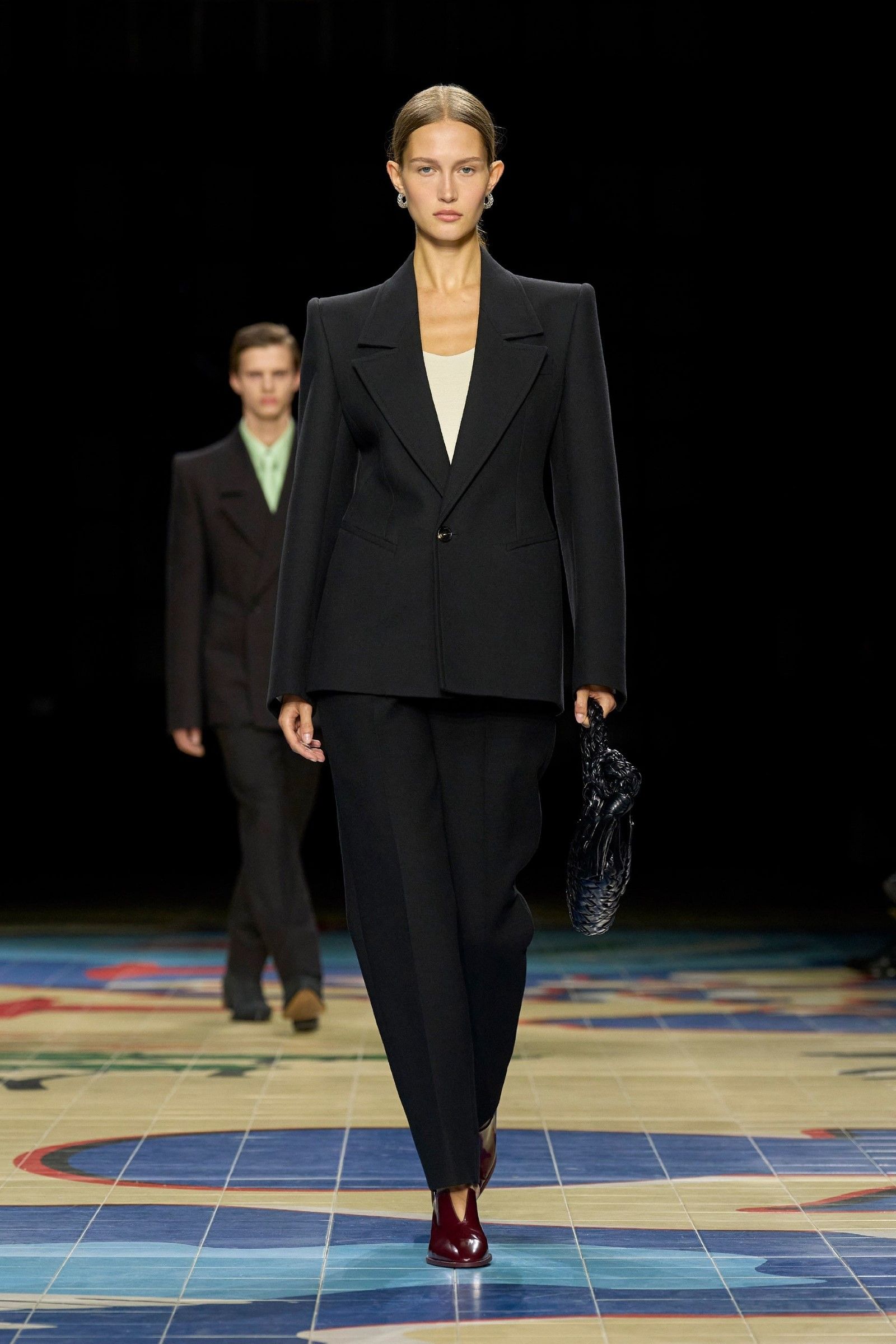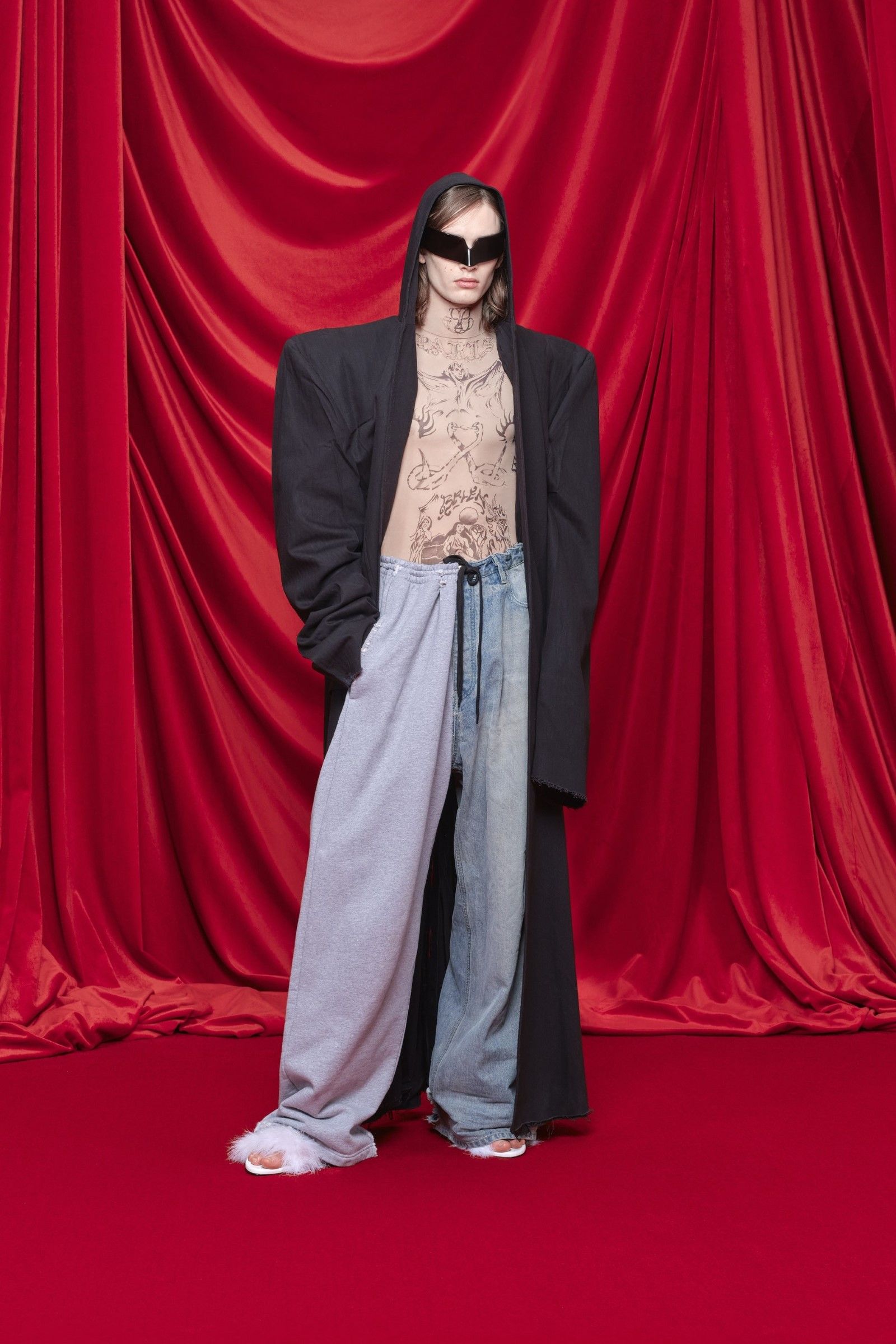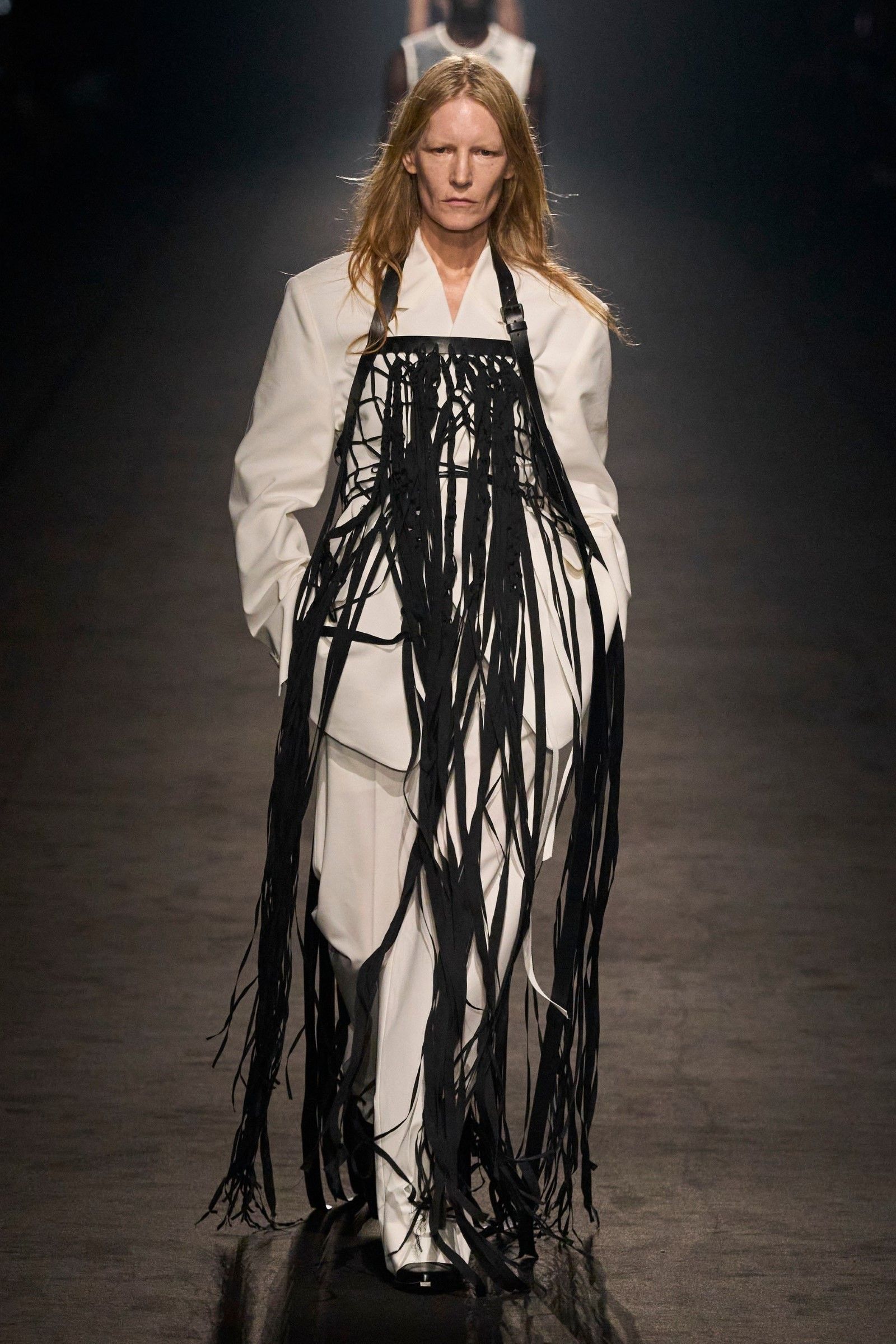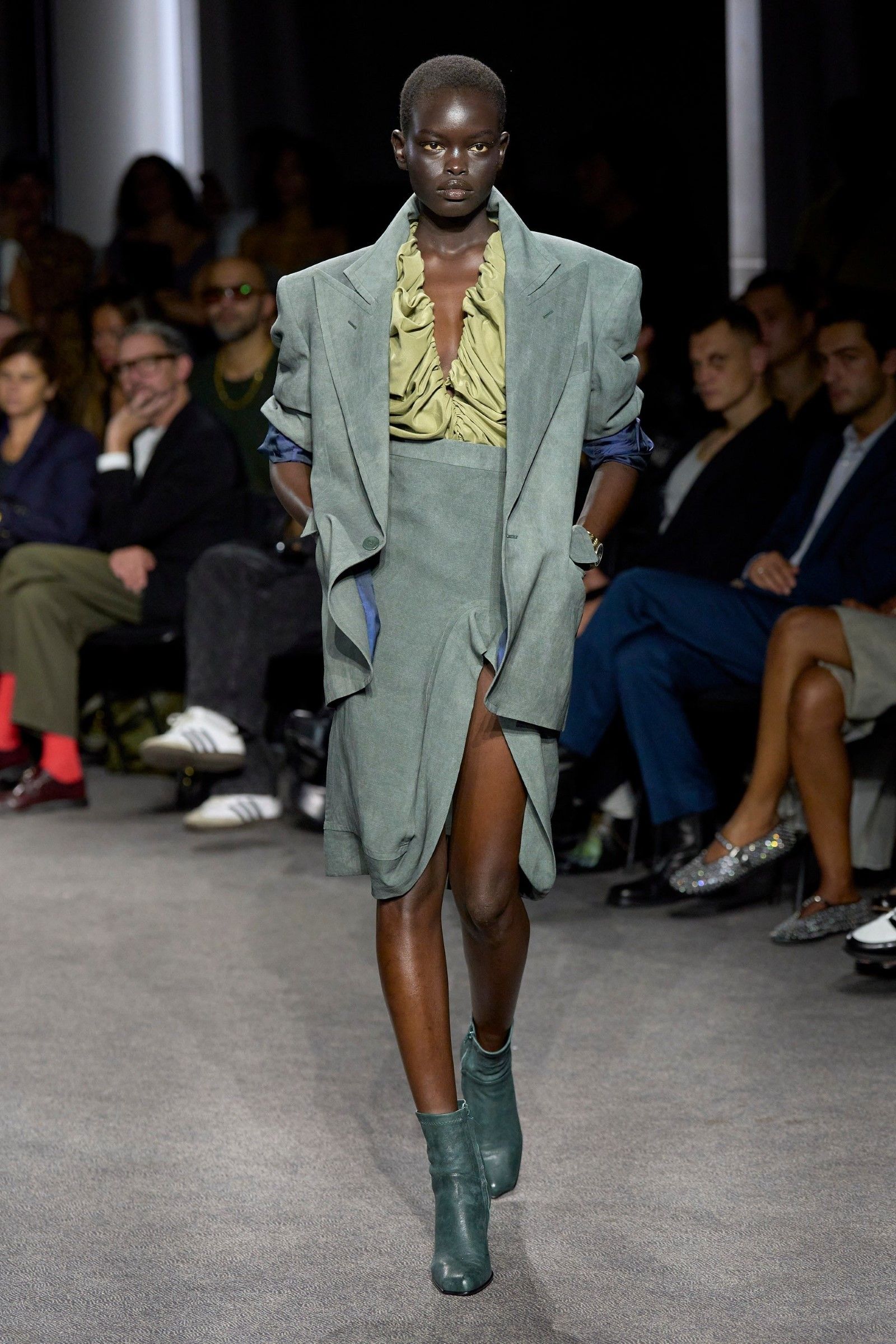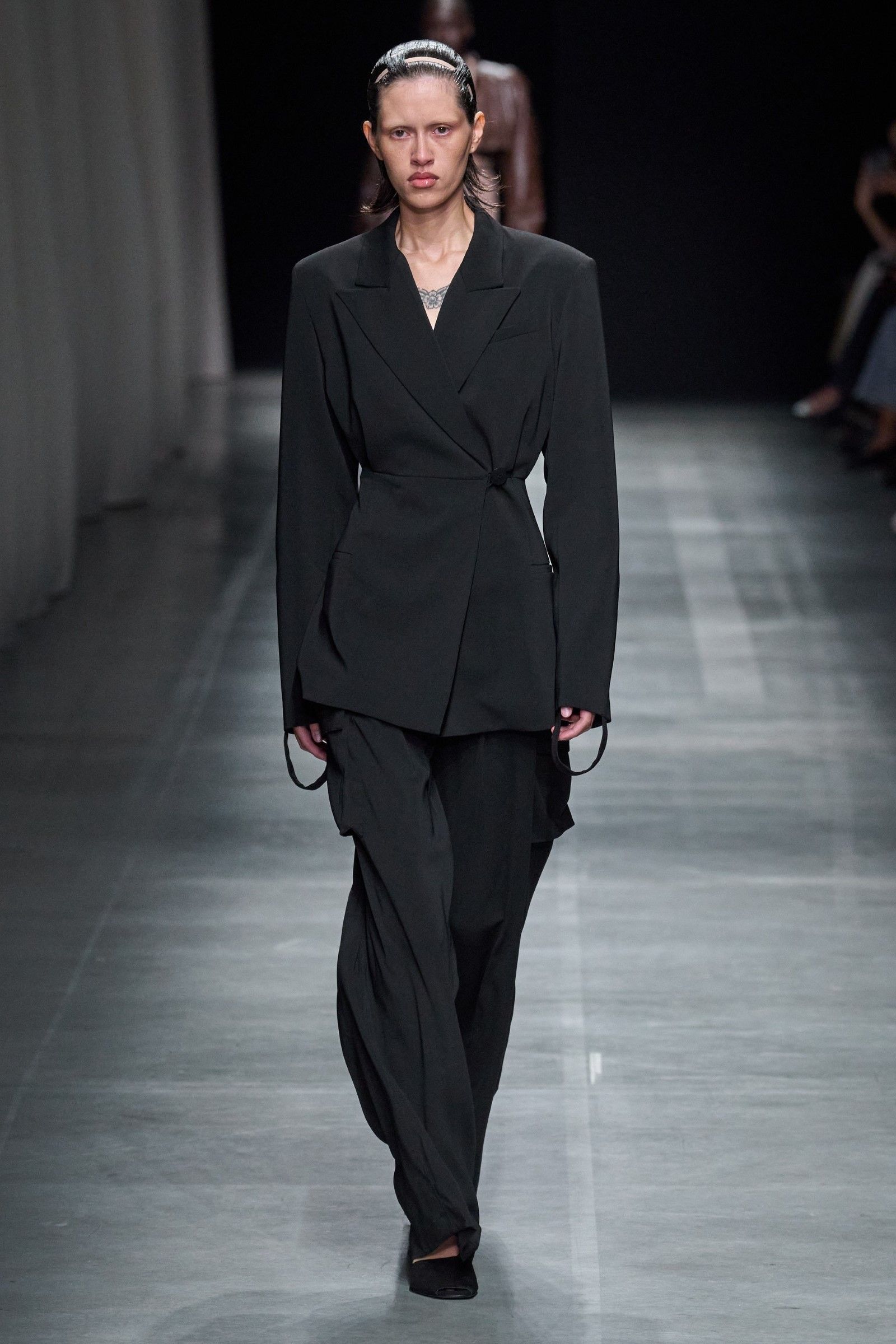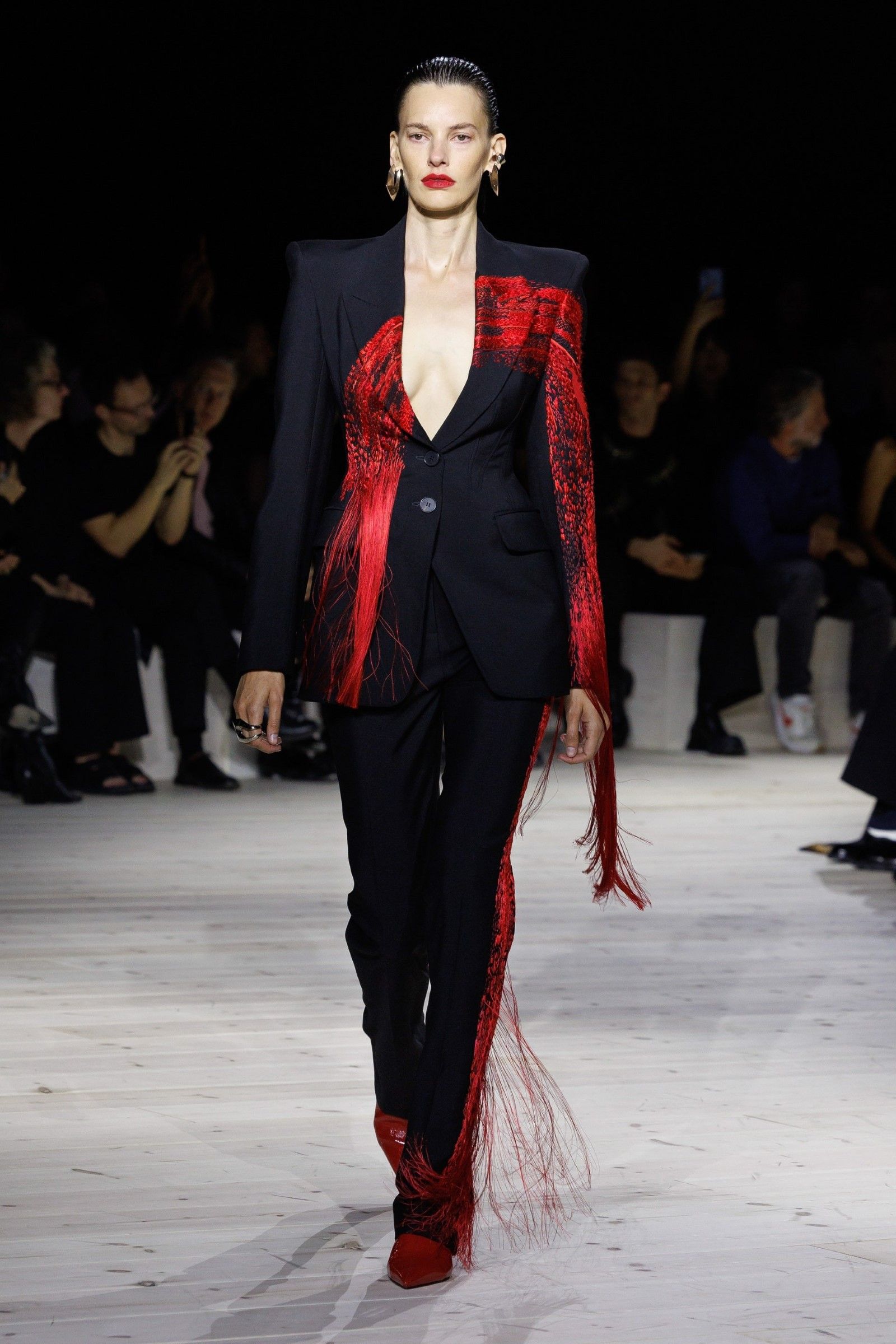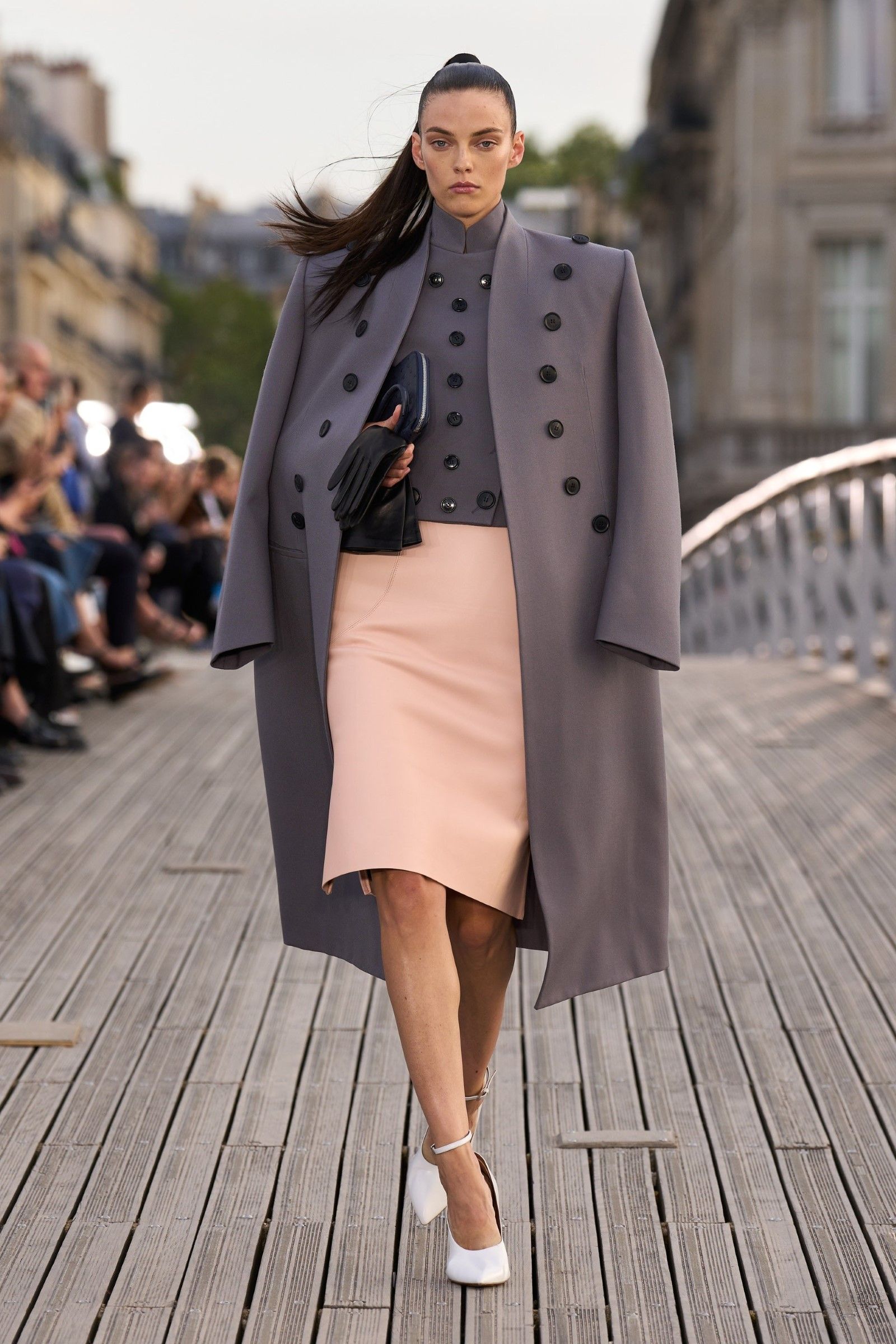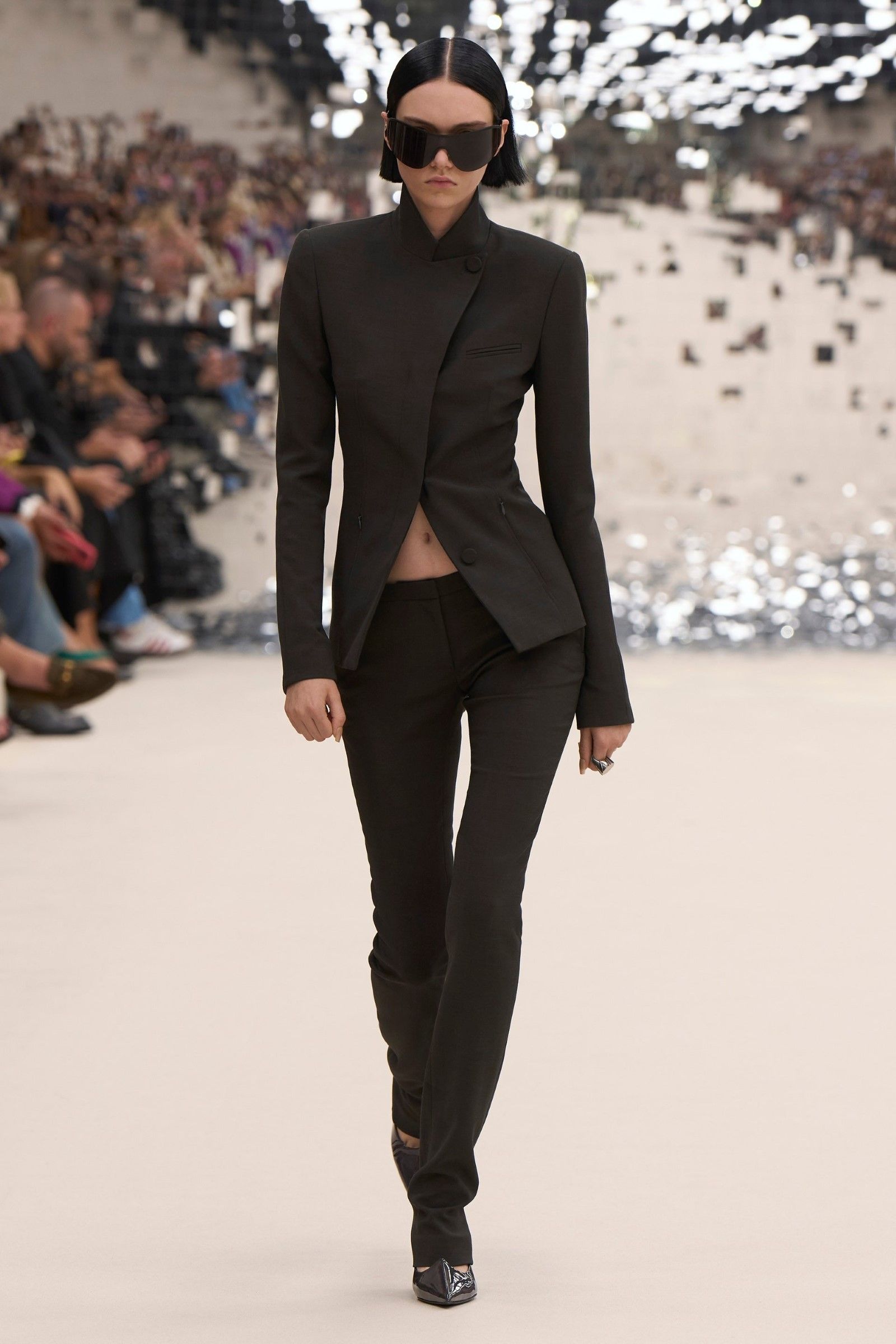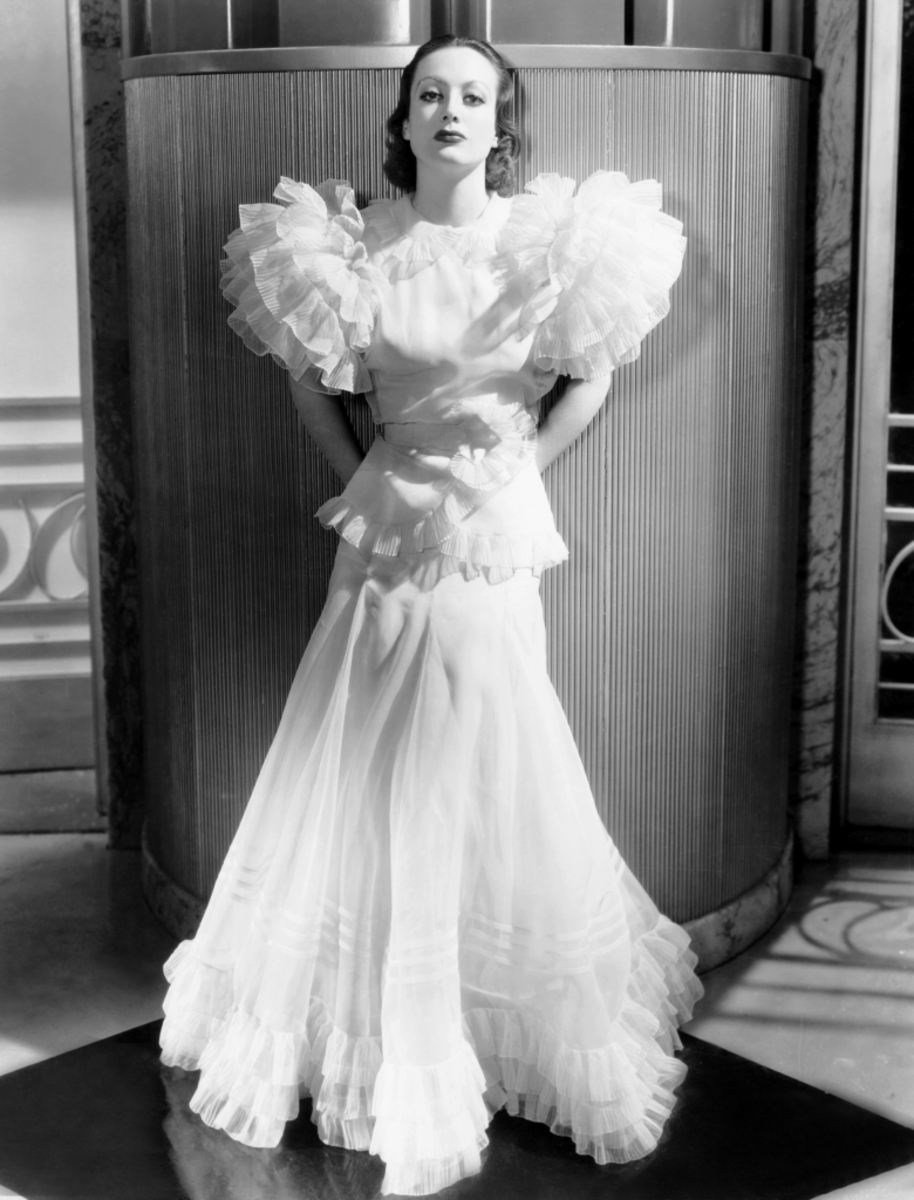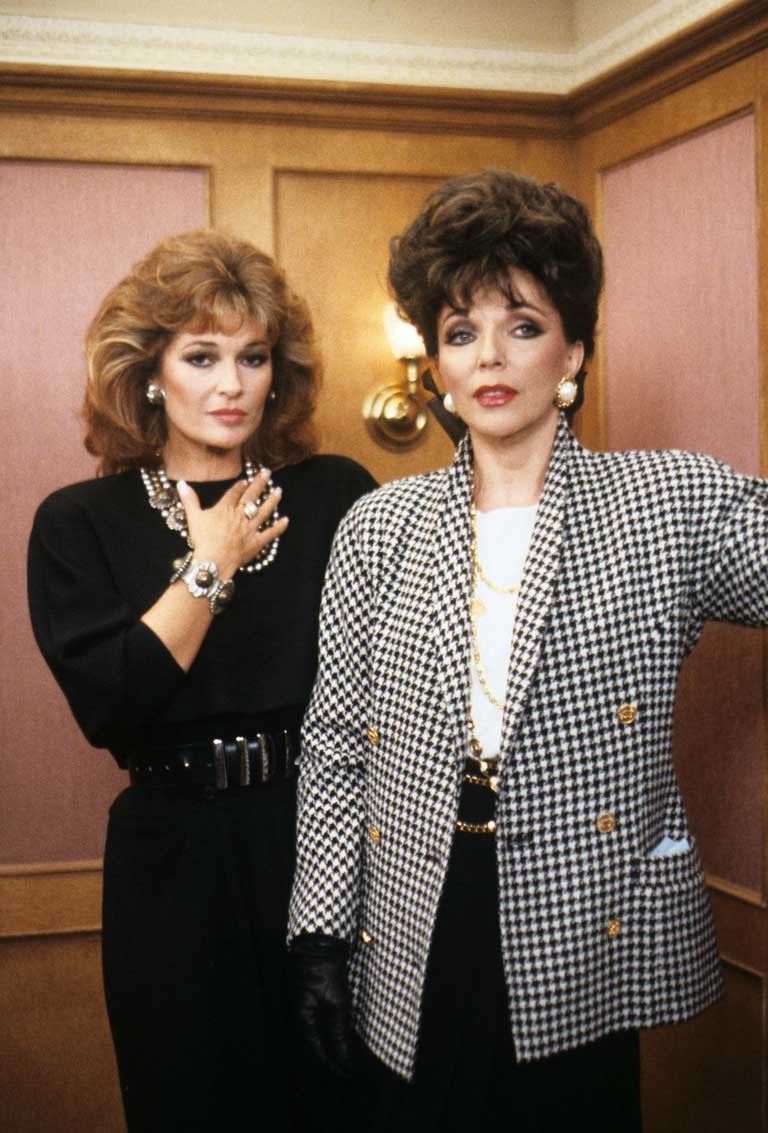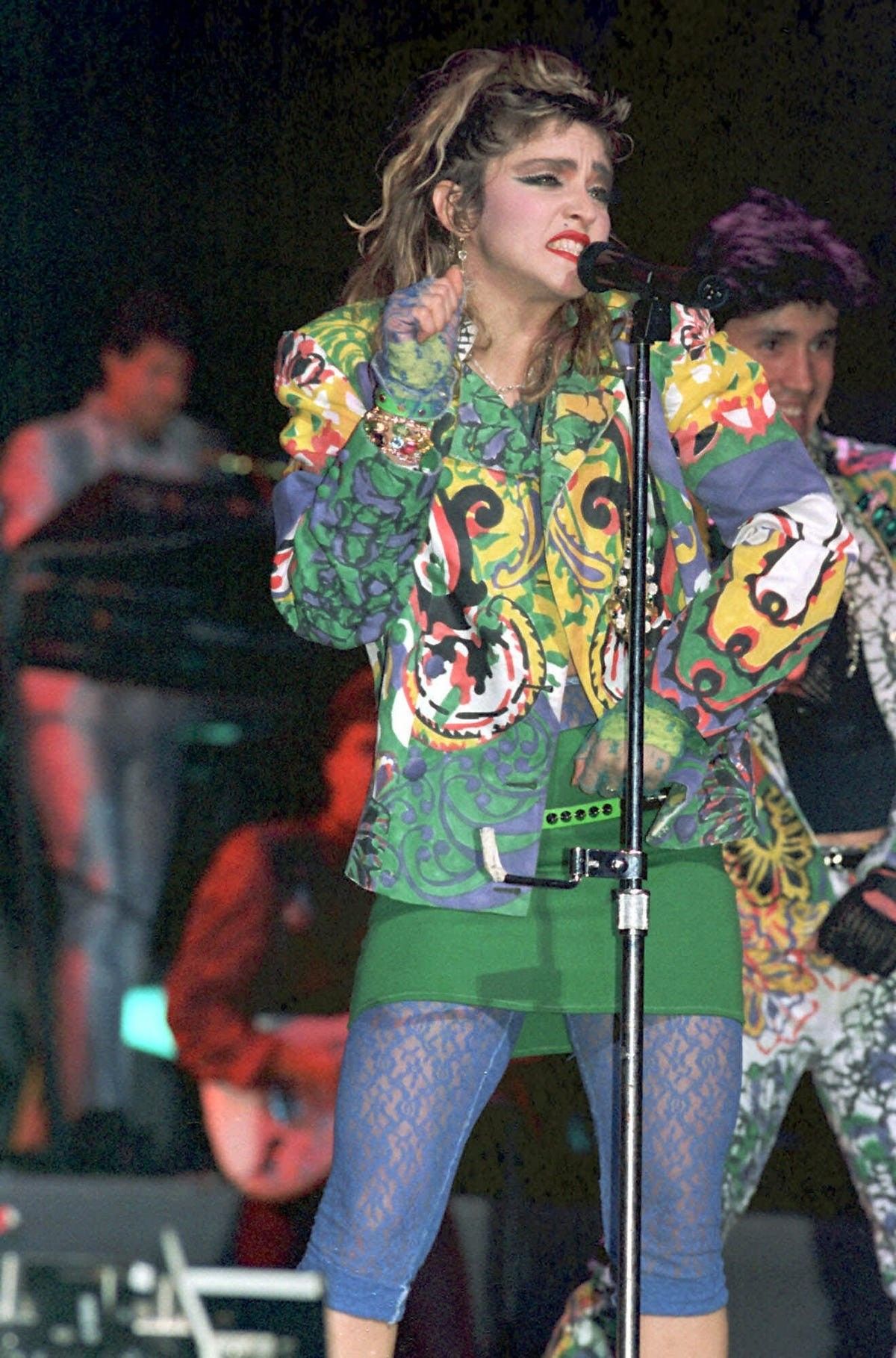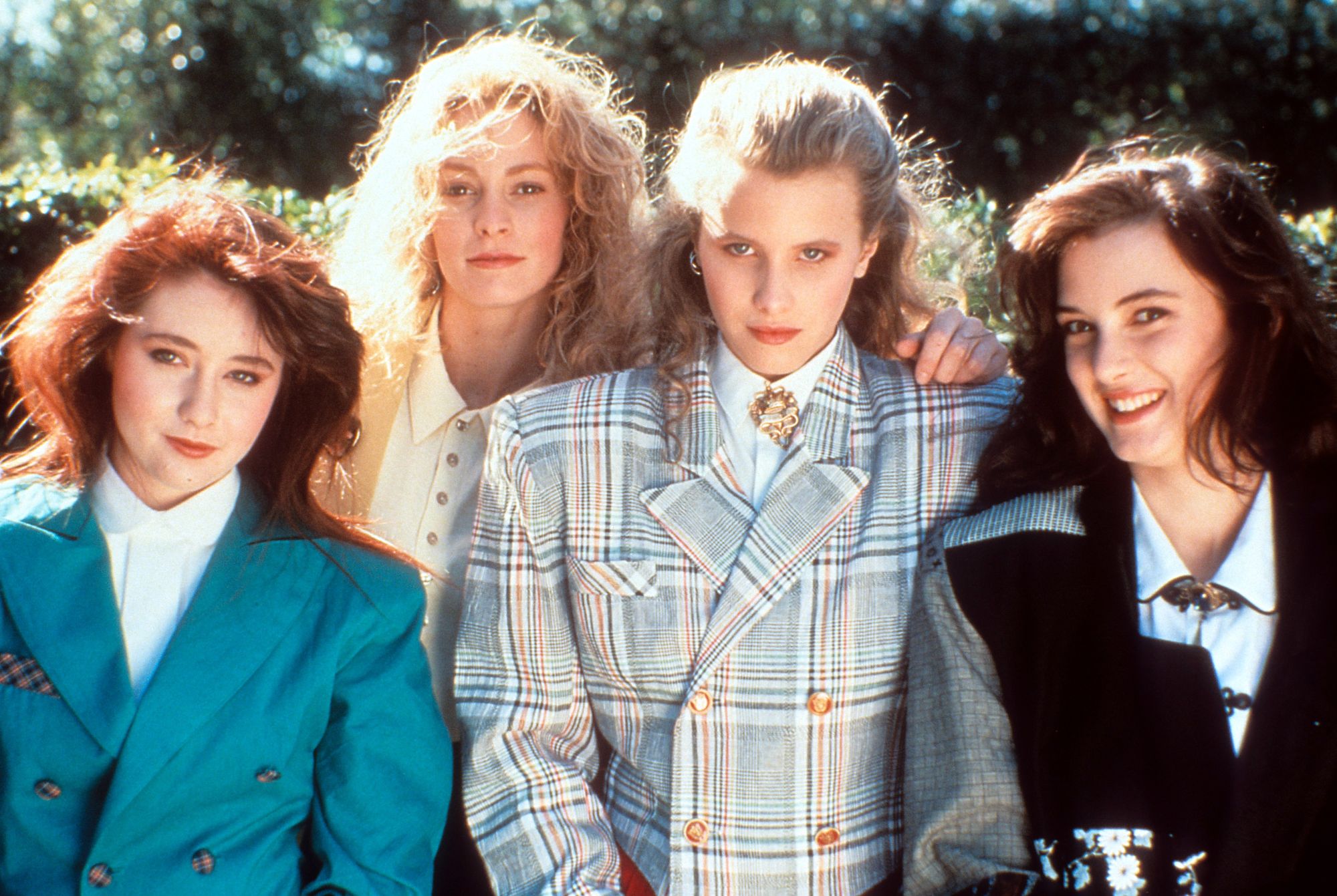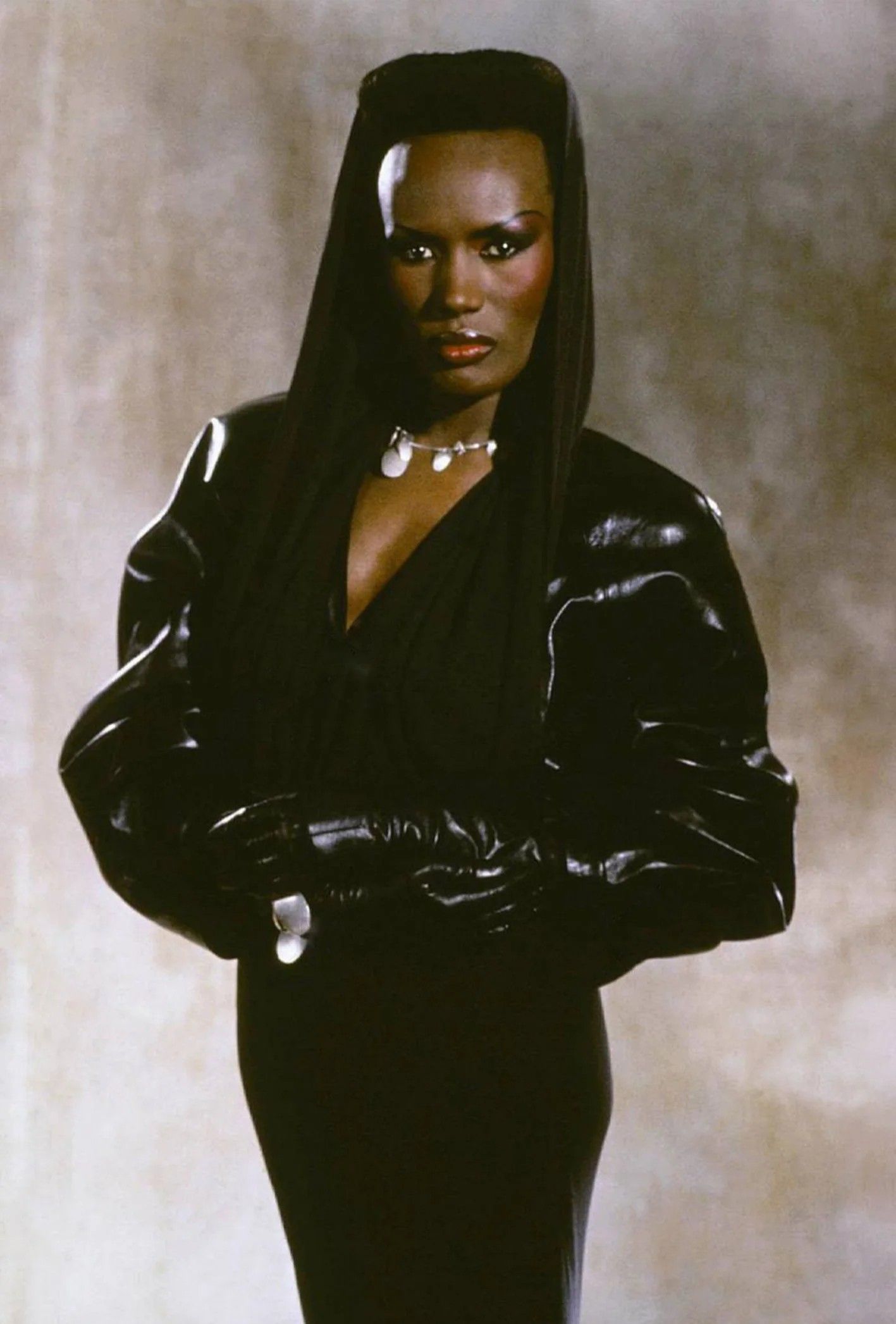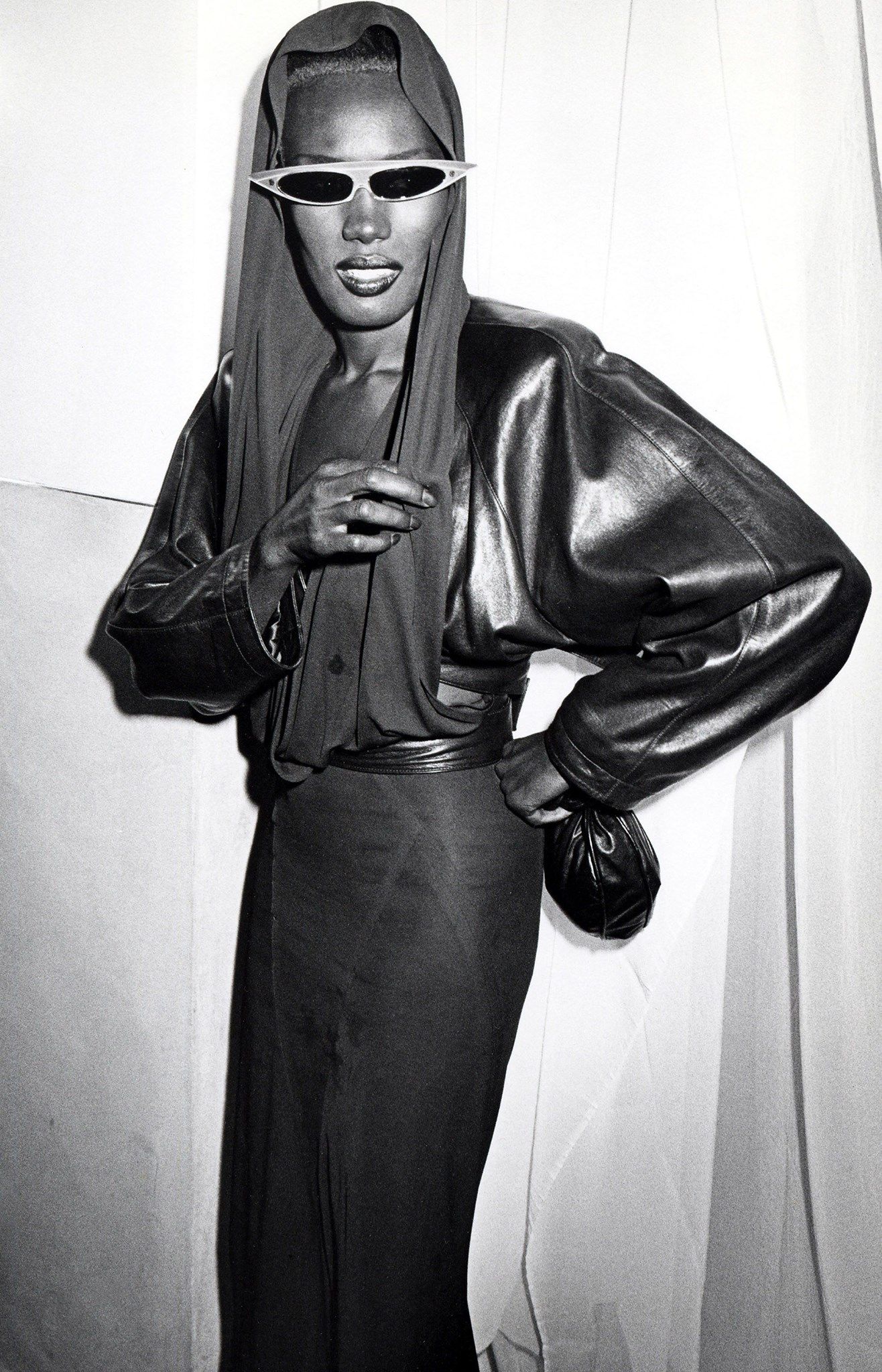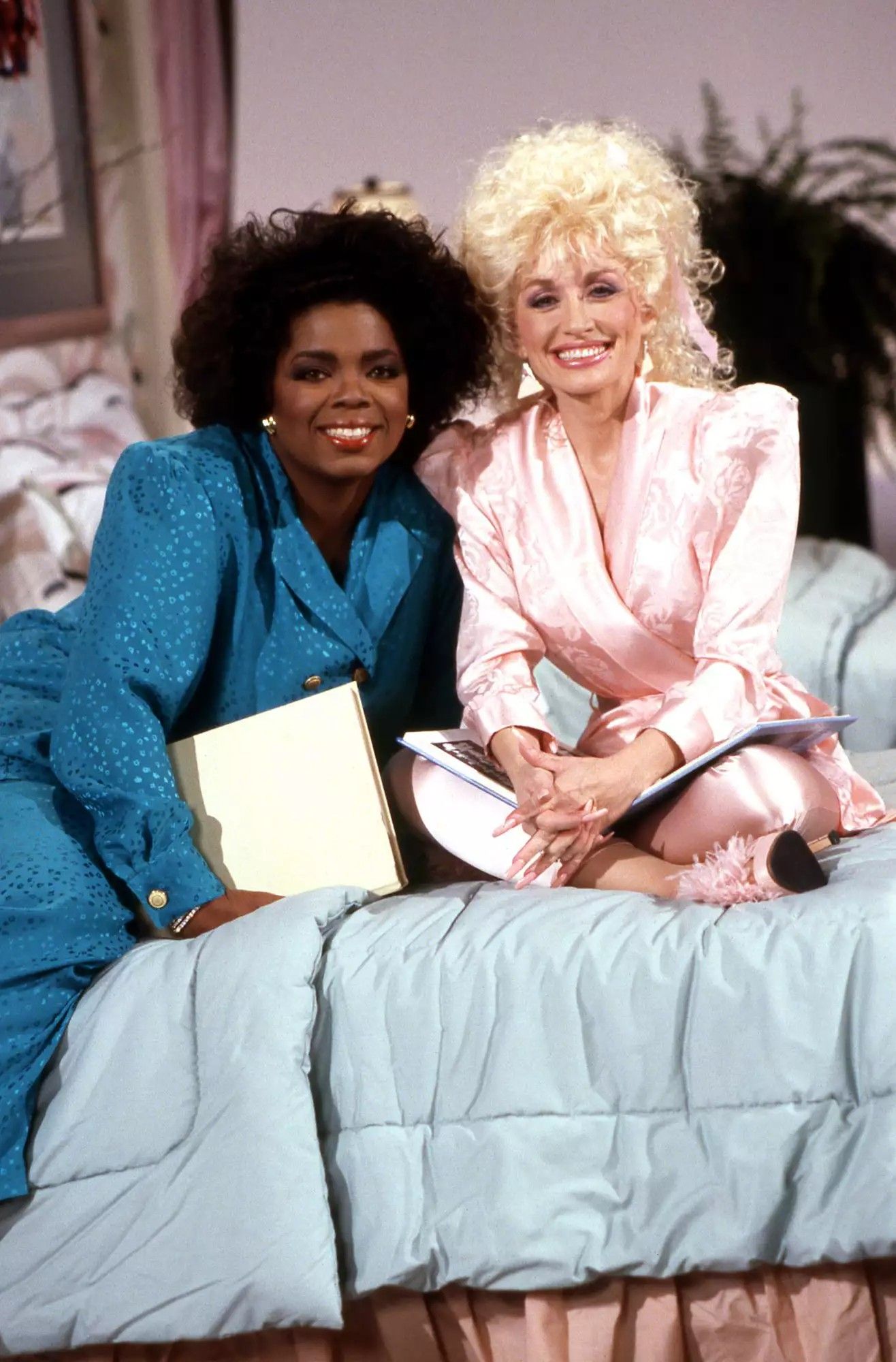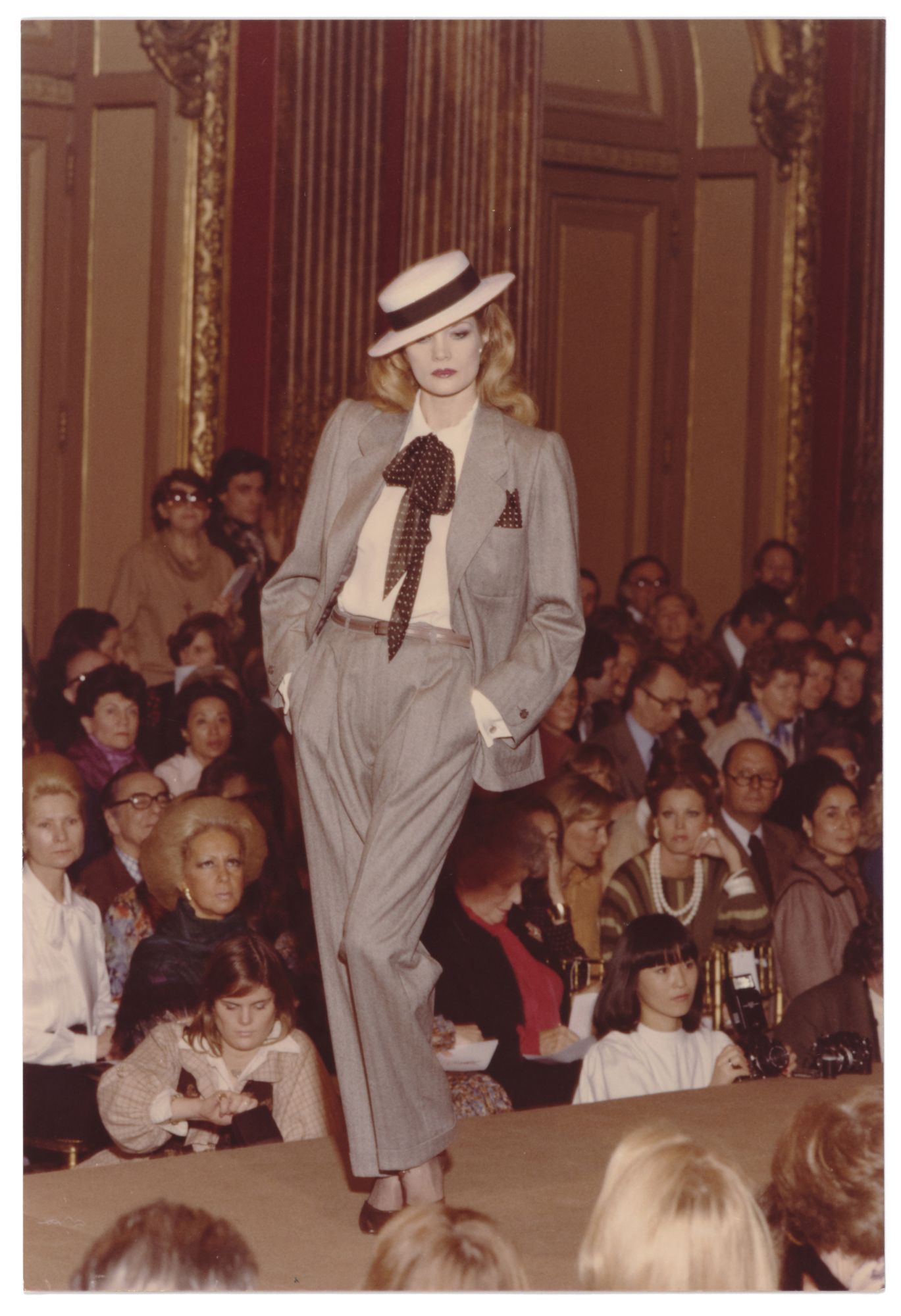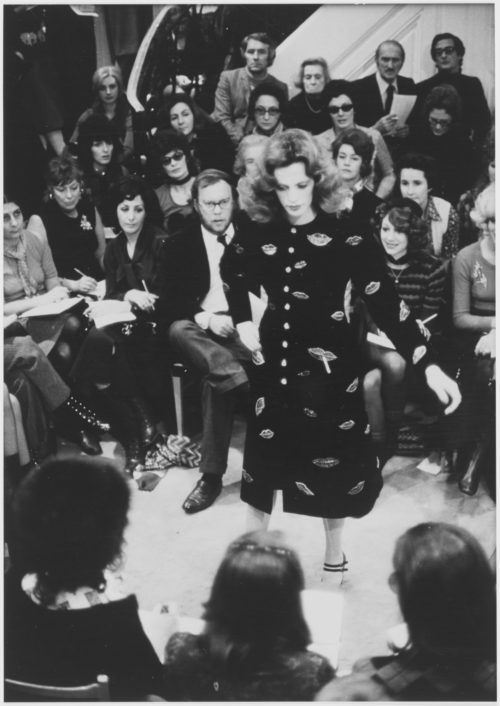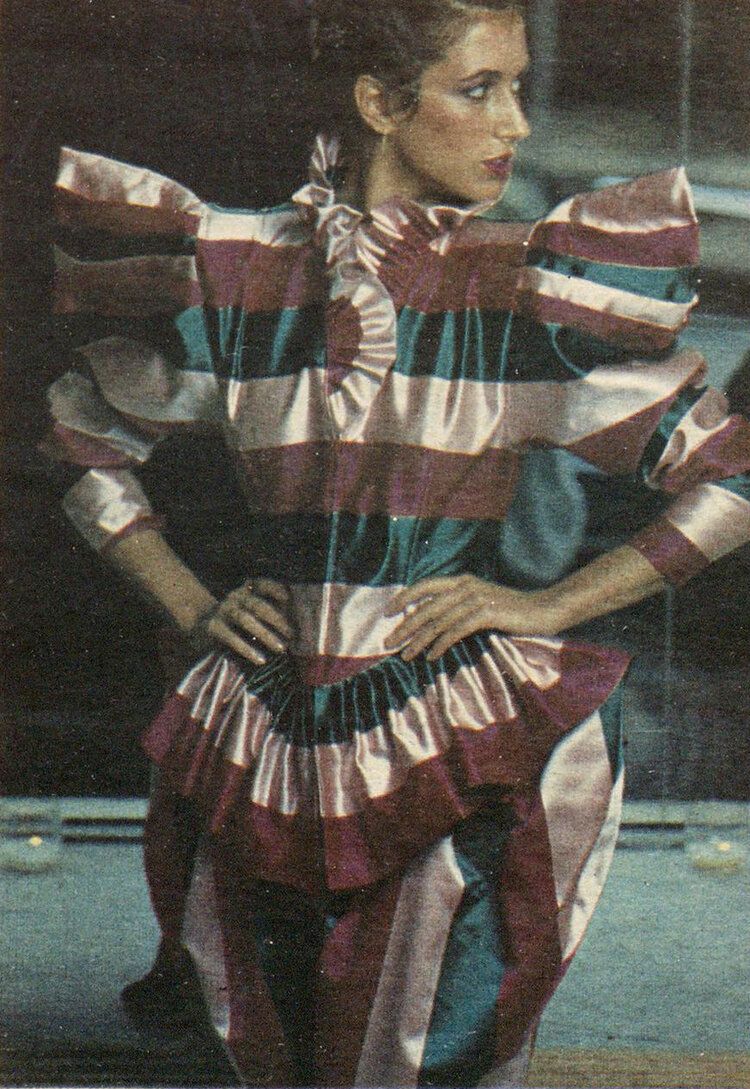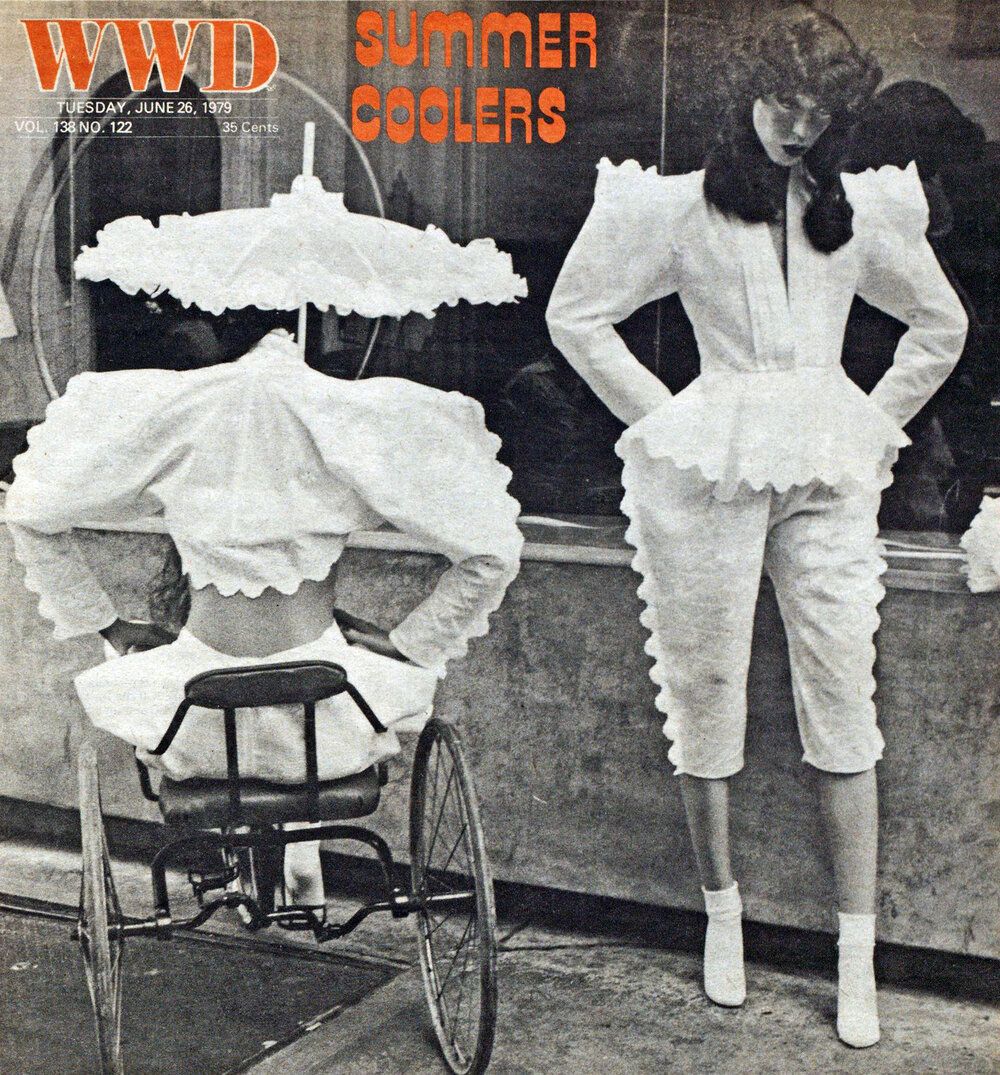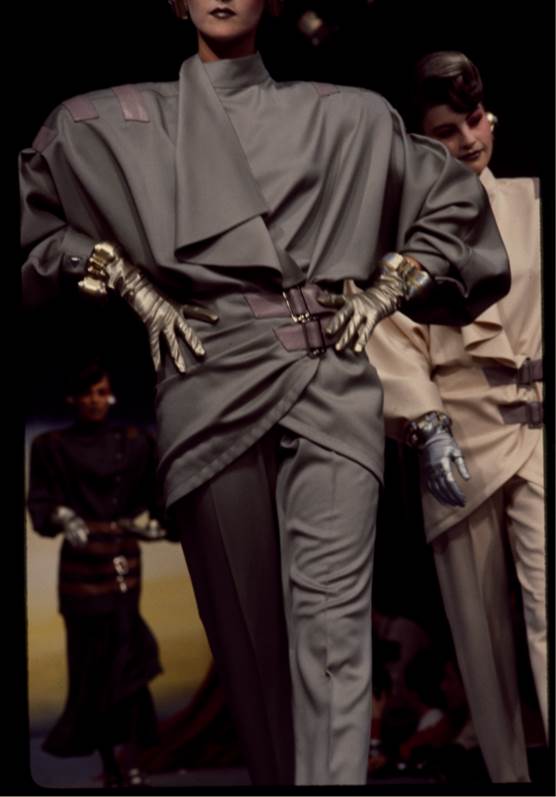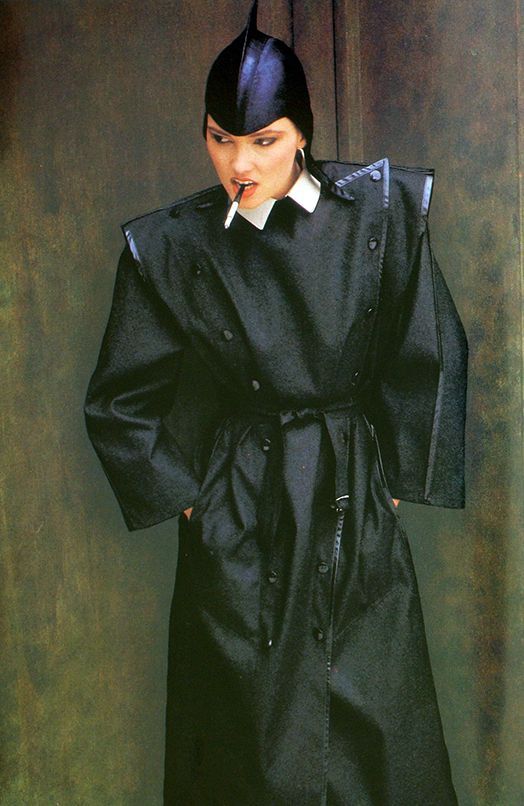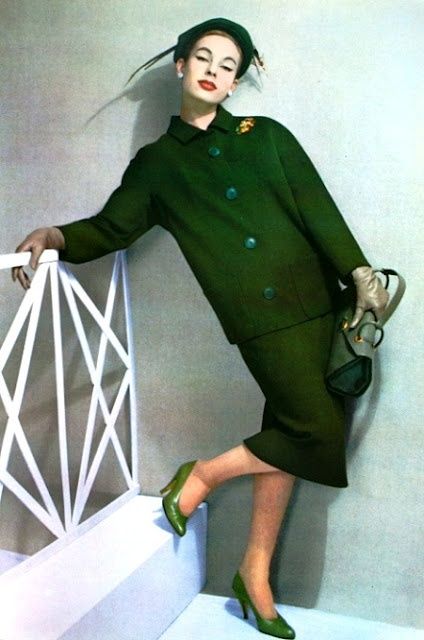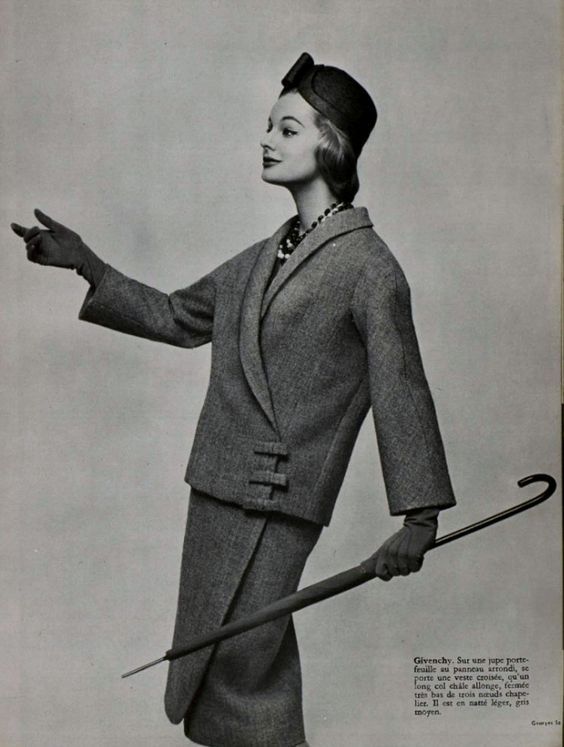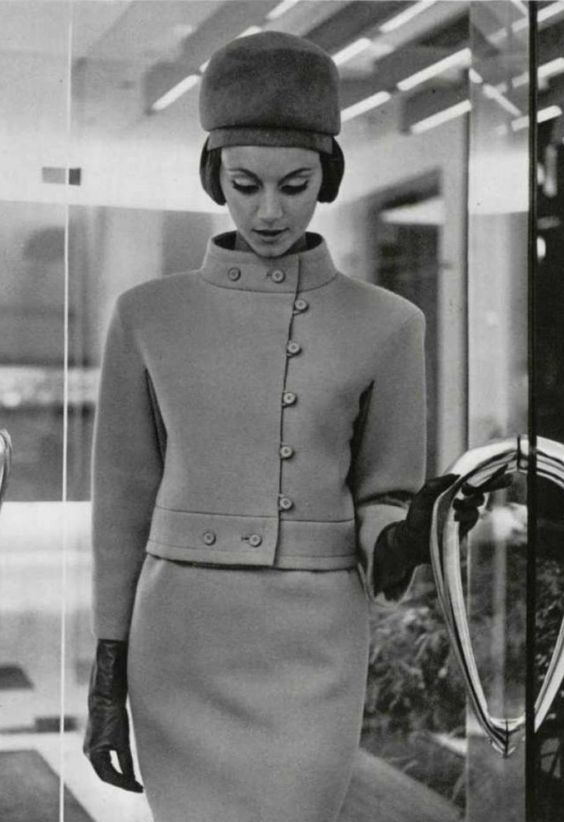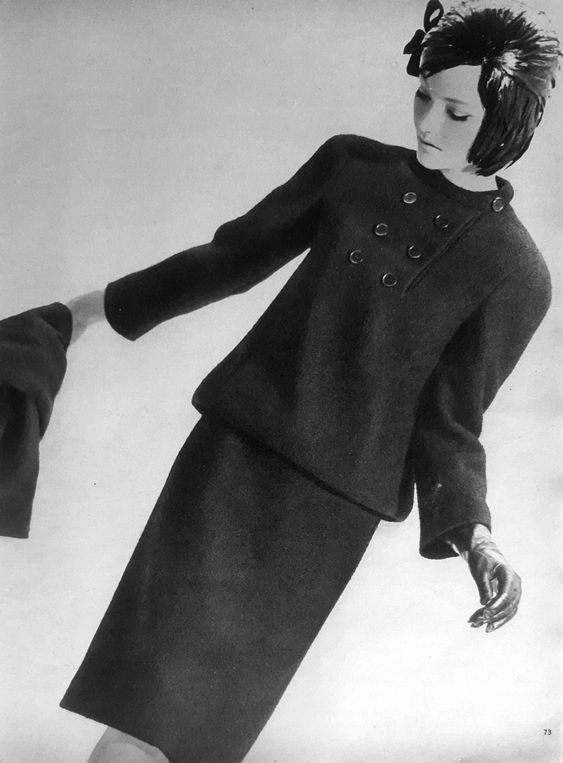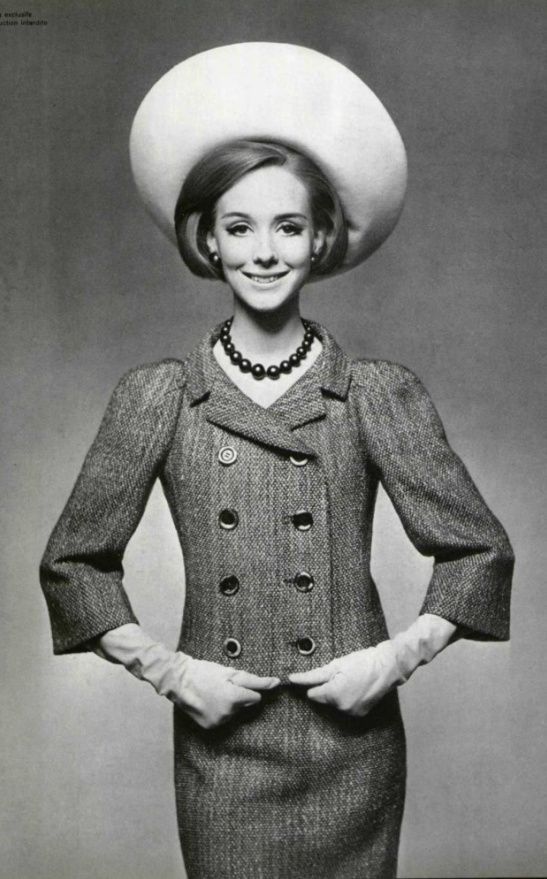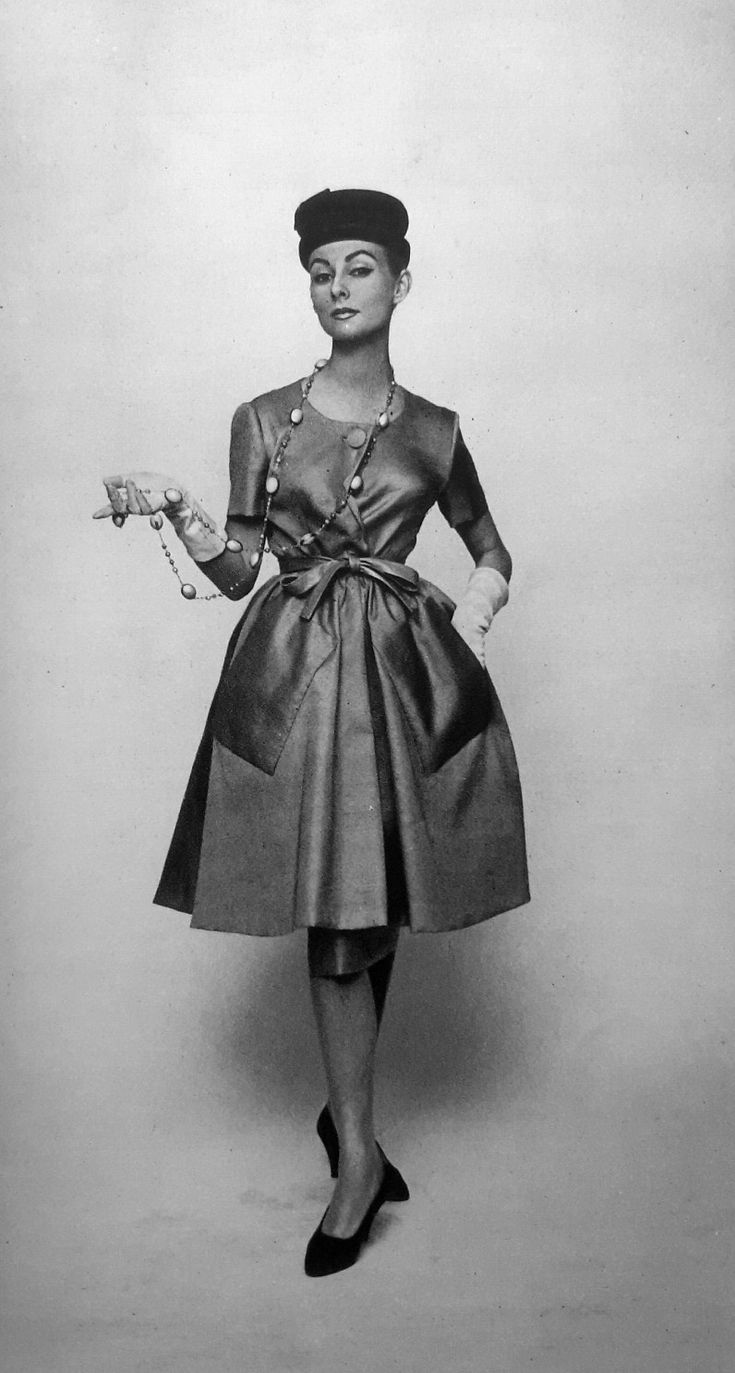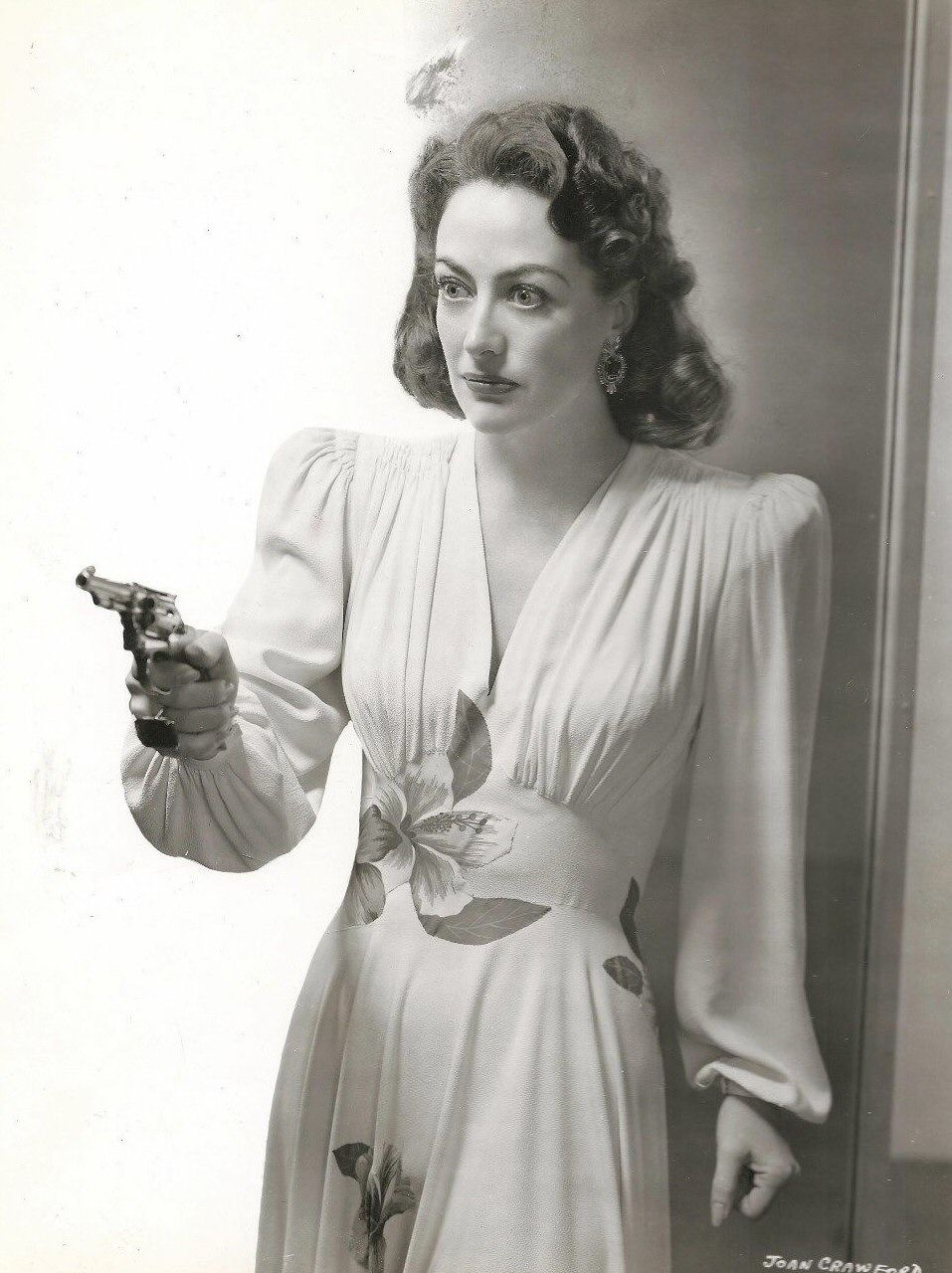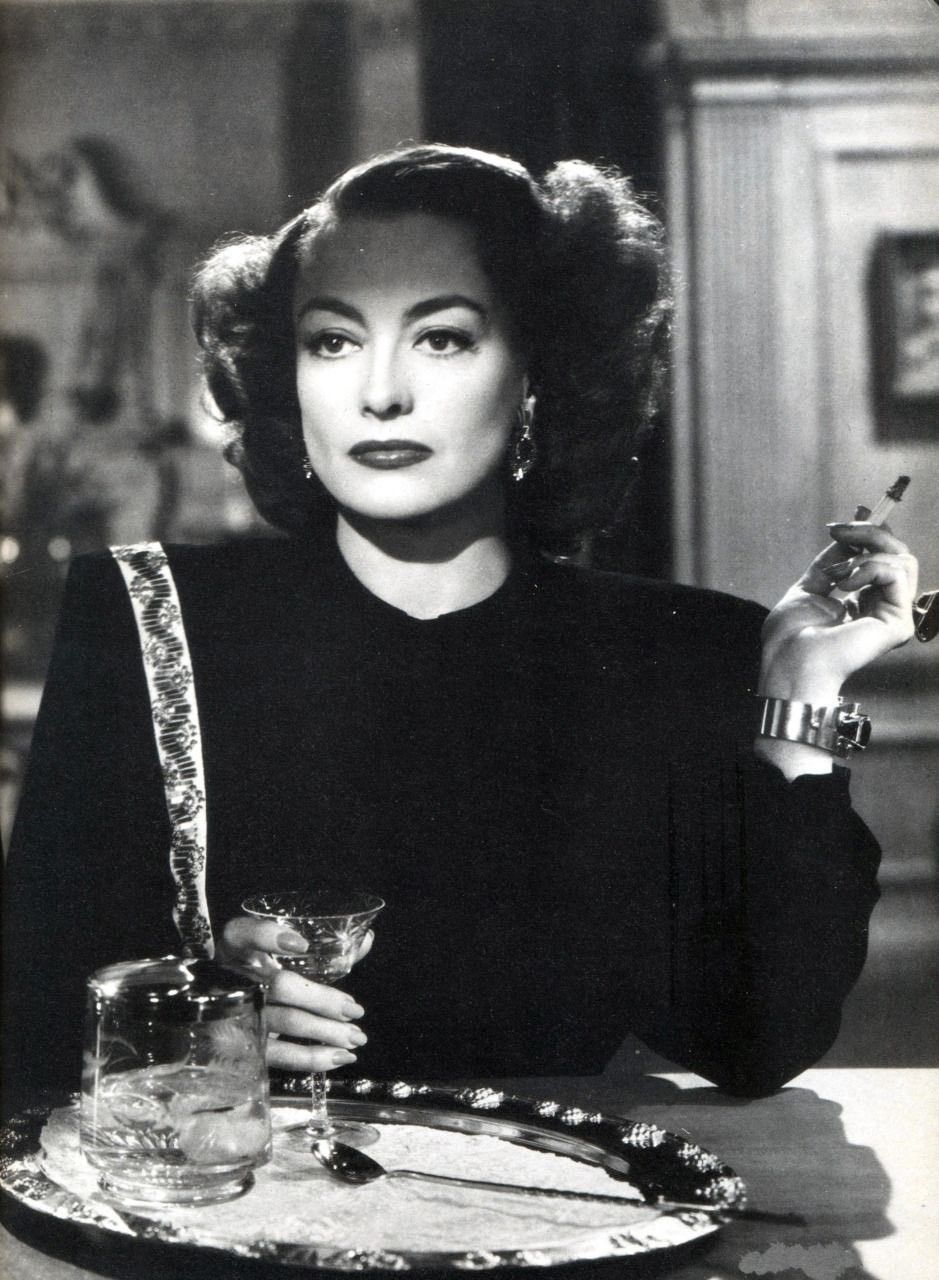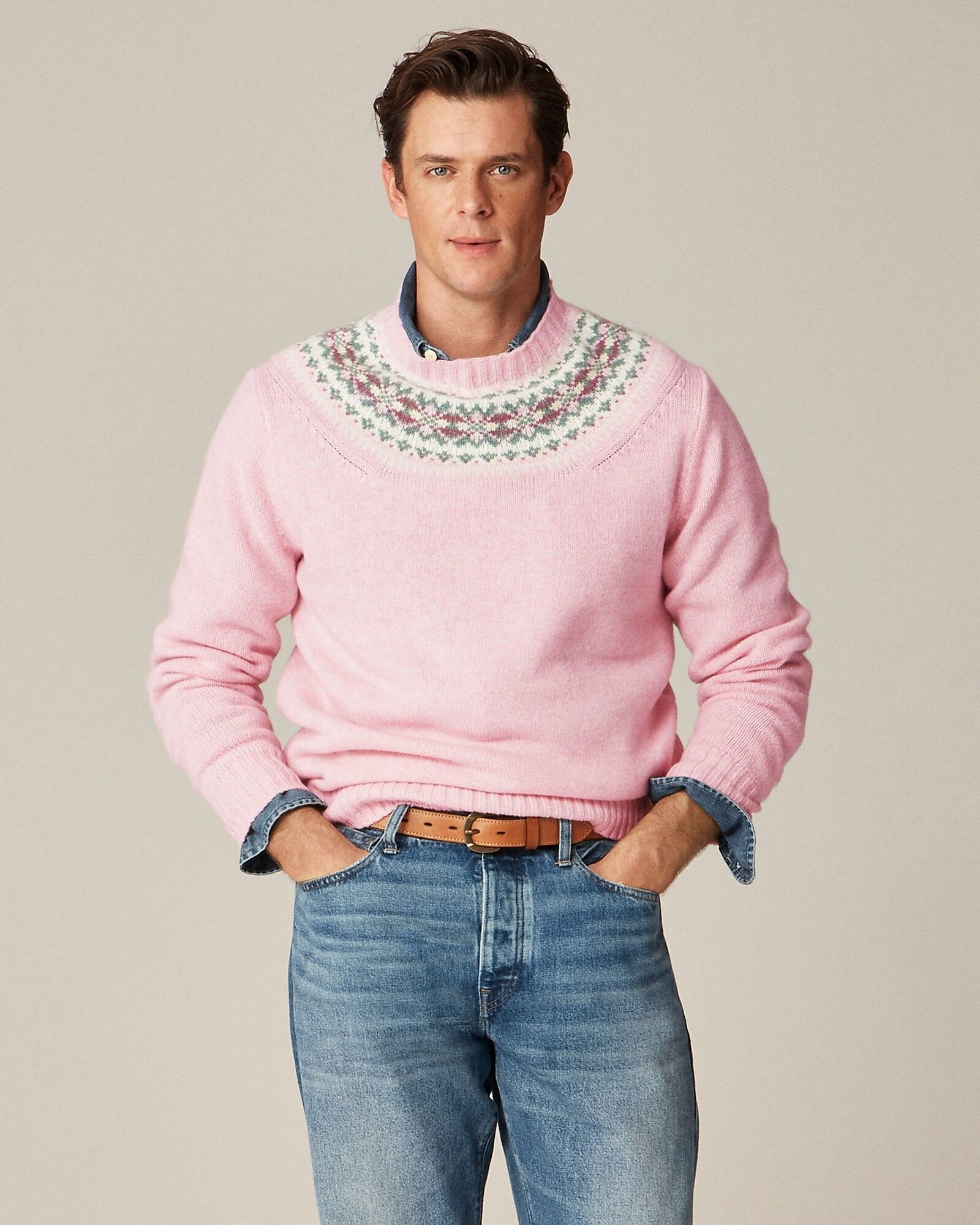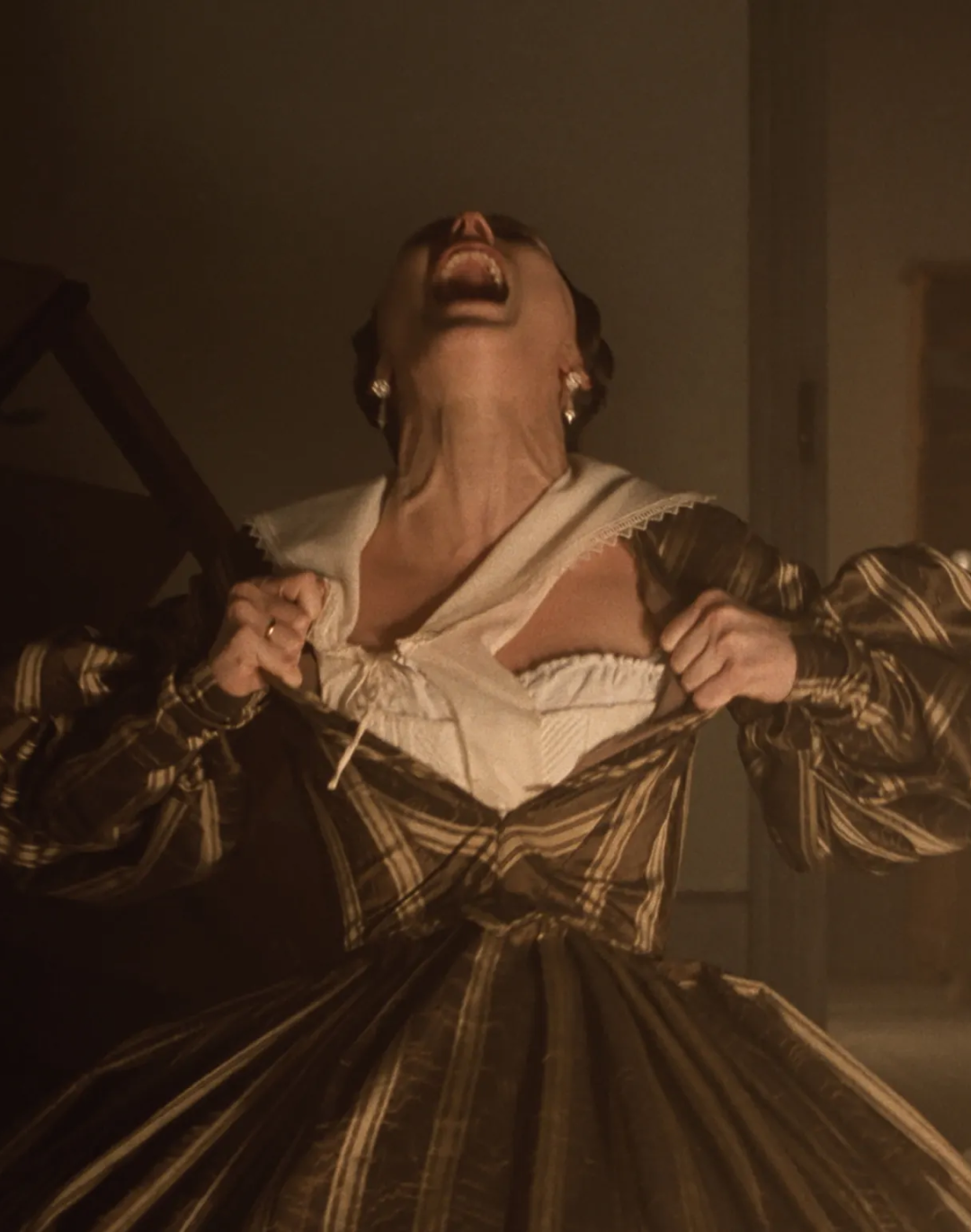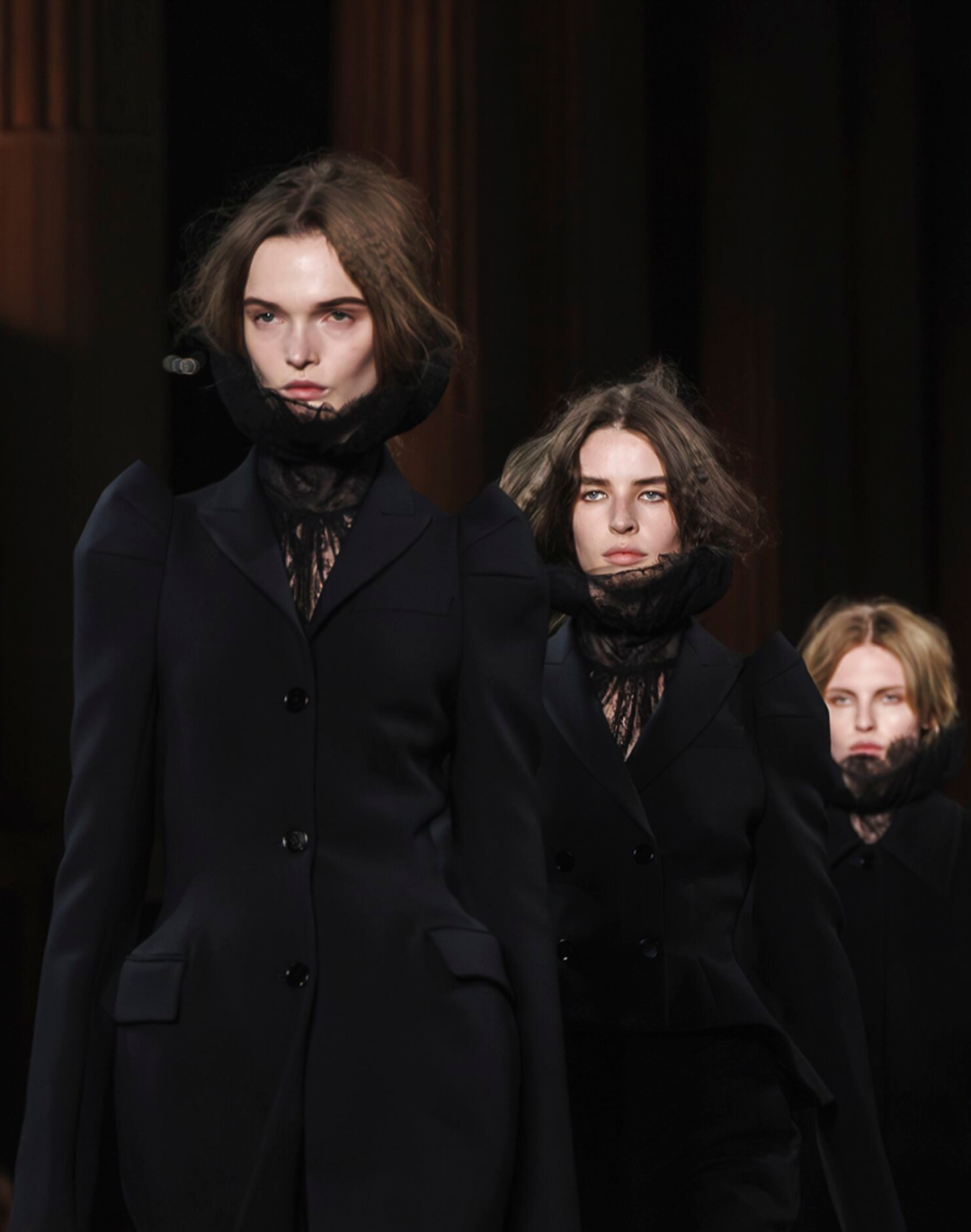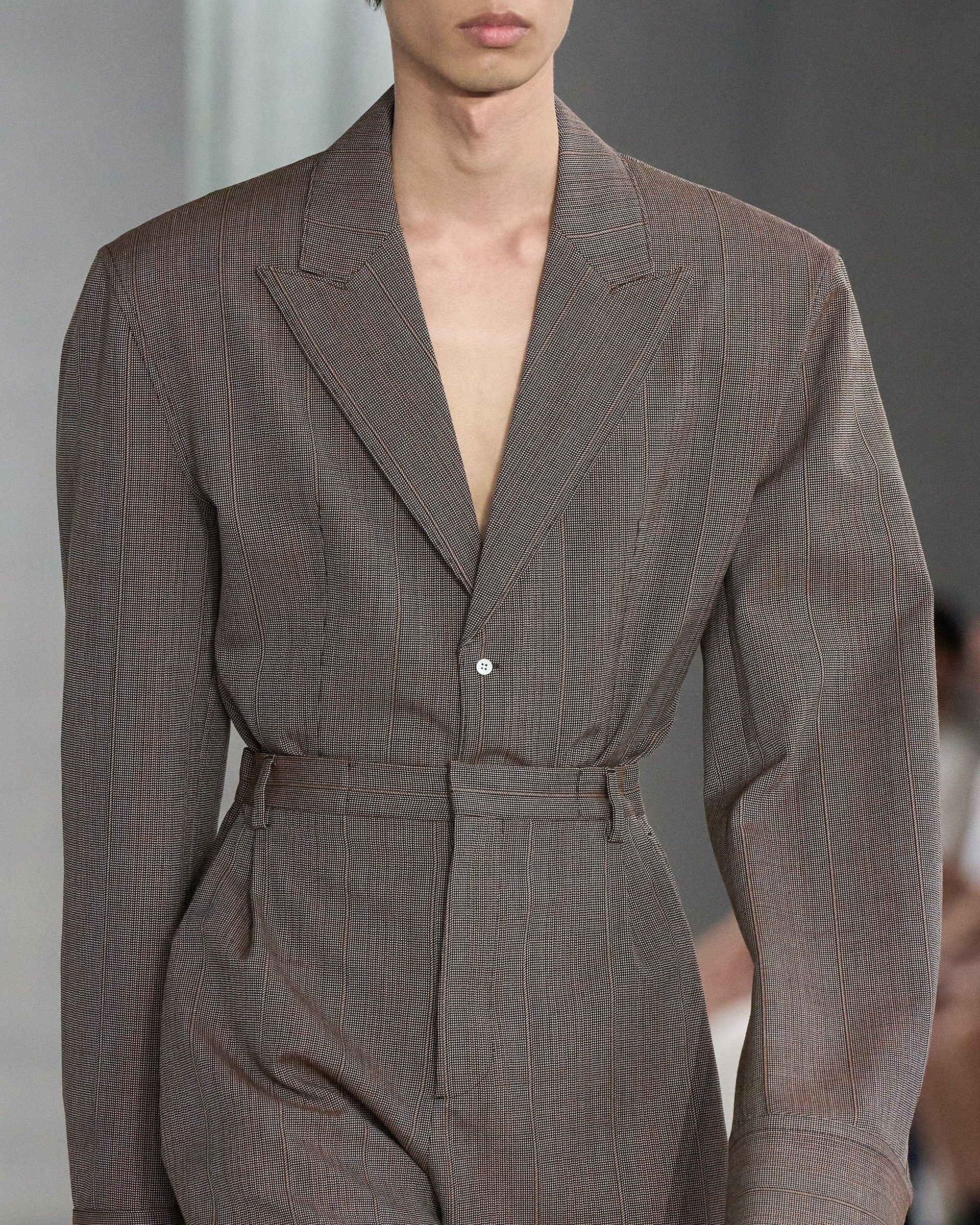
Facing winter requires broad shoulders Nothing makes you feel powerful like the right silhouette
«Don’t you know it’s the year of the shoulder? Big shoulders are in and small shoulders are out, out, out!», was said more than two decades ago in one of the more rambunctious episodes of Will & Grace where it was speculated, which was unthinkable at the time, that the 1980s power shoulder trend was making a comeback among wealthy Manhattan ladies. The name isn't random: the style defined 1980s office attire, a time when women began their climb to the top of companies wearing suits and jackets from which all softness was banned and which, instead, had to express all that volition and strength of their male colleagues. It is no accident that shoulder pads are mostly associated with jackets, but in truth we are full of examples of power shoulders scattered just about everywhere: from the denim jackets and evening gowns of Dolly Parton to the couture seen on Joan Collins in every episode of Dynasty, to Lady Diana's red dress and the uniforms of Wynona Rider and Shannon Doherty in Heathers. Today there is talk of their return. Even the most inattentive eyes noticed them in the Saint Laurent shows, where the shoulders of blazers were monumental, and also at Balenciaga, Bottega Veneta, Dior, Diesel, Celine, and, of course, Prada where the lines of huge but shirt-thin jackets started from huge shoulders and flowed into a narrow waist. But where did the power shoulder come from?
The style was inaugurated by Elsa Schiaparelli for the fall-winter collection of 1931. According to Bettina Ballard, who would later become editor of Vogue America, the style was dubbed "wooden soldier." The following year, in 1932, the great Hollywood costume designer Adrian Greenberg had the greatest diva of the time, Joan Crawford, wear two dresses with huge shoulders in Letty Lynton. Copies of that dress abounded-according to the WSJ in that era "adrianizing" a dress meant widening its shoulders and shrinking its waist. The style became a huge success dominating years of women's clothing; in France, dresses with shoulder pads were known as "les americains," and Joan Crawford continued to wear such dresses on and off screen and especially in two of her masterpieces, Mildred Pierce and Humoresque.
In the 1940s, that visual makeup that paraded women's silhouettes also began to signify how, during the harsh war years, women had begun to work and take on the duties that usually fell to their absent husbands: women's clothes resembled men's precisely reflecting this new moment in society. But fashion soon erased this trend: as early as '45 Cristobal Balenciaga had removed shoulder pads and launched the curved or sloping shoulder and, two years later, Christian Dior obliterated padded shoulders with the Haute Couture collection named "Corolle" with slender, graceful shoulders. In the decades that followed, shoulder pads had their ups and downs: while in the early 1940s shoulder pads were in every garment, in the 1950s they were limited only to jackets and shoulder covers. In '57 it was Balenciaga and Givenchy who introduced a more structured and padded shoulder, and they faded with the exception of Marc Bohan who, for Dior, created a collection with square, imposing shoulders in 1963.
It was the last flicker of a trend that virtually disappeared for two decades with a few excellent exceptions: in 1971 it was Yves Saint Laurent who revived 1940s fashion with a collection that the The New Yorker defined «one big parody of fashion» subjecting the designer to criticism that was renewed for the collection nicknamed "Scandale" that evoked for many the sad days of World War II; also in '71 Mugler debuted with his first show in Paris in which the strong shoulder of the 1940s seemed to return and Valentino presented padded shoulders in FW72 while, in '74, it was Nino Cerruti who padded the shoulders of his jackets. The most persistent, however, was Saint Laurent, who made the shoulders lighter and continued to show them until, by the end of the decade, they were finally appreciated as officewear. The breakthrough season, however, was FW78: Saint Laurent sent shoulder pads down the runway and was adored, followed by Lagerfeld at Chloé, Thierry Mugler and his Überfrauen translated the re-imagining of the female figure into a properly imposing silhouette, but also Claude Montana and Pierre Cardin.
In Milan, Armani was driving the press crazy with his martial-shouldered coats; in New York, Norma Kamali, who came up with the idea of incorporating padded shoulder pads into a gray sweatshirt by mixing the glamour of 1940s divas with the nascent fitness movement, and with her Perry Ellis and Calvin Klein. Meanwhile, in London, newly appointed Prime Minister, Margaret Thatcher created her famous Iron Lady look precisely by using shoulder pads, which made her look like the rest of her male colleagues. Depending on who you ask, the initiator of the trend was different-but because of the impact of her public persona, the timing of her tenure, and the central role in the neoliberal culture that was born at the time, we are inclined to consider Margaret Thatcher the true trendsetter. She was followed by everyone else. Two names above all dominate the era: Madonna and Grace Jones, but also the Melanie Griffith of Working Girl, who remains to this day the most beloved example of this in cinema.
But why a comeback today? As the capitalist drunkenness of the 1980s came to an end, the public reacted to the excess of silhouettes, materials, and decorations with an opposite, simplified, understated look. Those exaggerated shoulders, so tied to an era and values that had ceased to be modern gradually vanished. Before long, only Fran Drescher remained to wear the exuberant shoulder pads in episodes of The Nanny, to symbolize the eccentricity of her character. The silhouette re-emerged a full two decades later, between 2009 and 2011, thanks to Lady Gaga and Rihanna, only to be erased from the streetwear wave and timidly make a comeback with Me Too until this season, where it has emerged in a more overt form.
The hotly debated Gold Show. Lady Gaga in a shoulder piece from the show. https://t.co/AWqgRLnkRl pic.twitter.com/VPcNTo4rqQ
— “Gay Baby Daddy”- Azealia Banks (@beyonceseyelid) December 4, 2021
But why the reason for this return? We identify two: the first, the most abstract and most mundane, is the return of power dressing, a series of "sartorial signifiers" that project authority, high social status and importance. The bible of power dressing was John T. Molloy's Dress for Success manuals, which basically suggested making the upper body more severe and masculine while maintaining feminine aspects in skirts and accessories, de-sexualizing and de-objectifying the female body by helping women to position themselves as authoritative presences in the workplace. The idea was to create a genderless severity that would eliminate the perceived frivolity of the female wardrobe and echoes well with the values of the new feminist wave that defines our age. The second, perhaps a bit more cynical, concerns quiet luxury: when colors and garments become simplified, flattening out to purely sartorial, volumes and materials end up in the foreground and therefore it becomes necessary, in order to give character and identity to fairly generic garments, to create a more incisive silhouette. The easiest way to create a strong silhouette is, trivially, to pad the shoulders, also echoing the "man's coat on a woman" trend that was expressed in all its power this year.










































